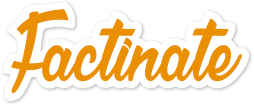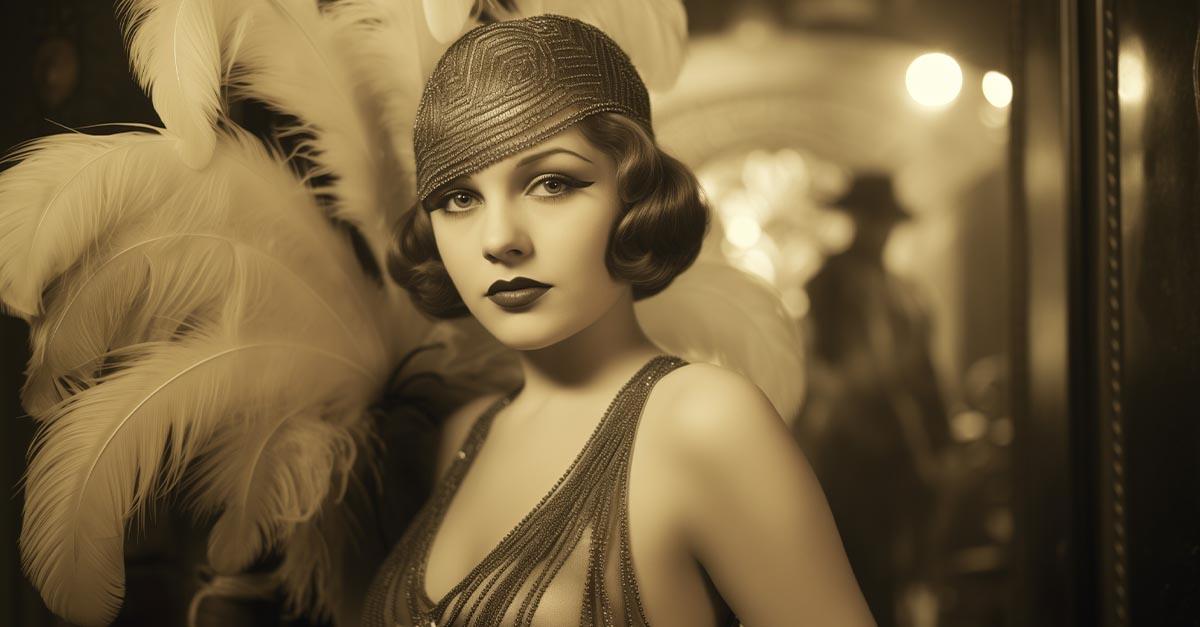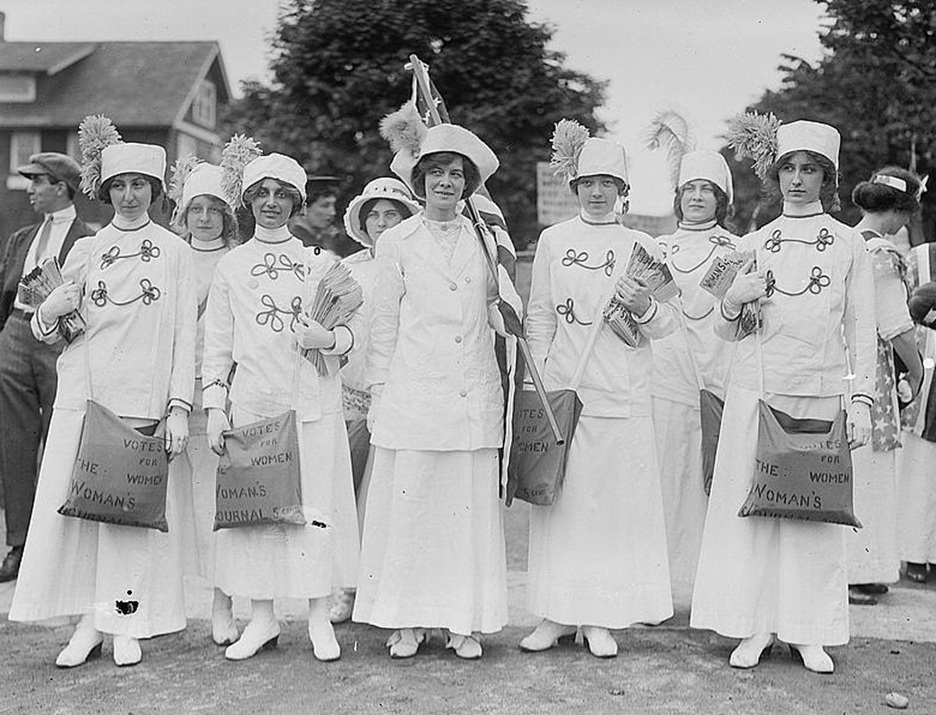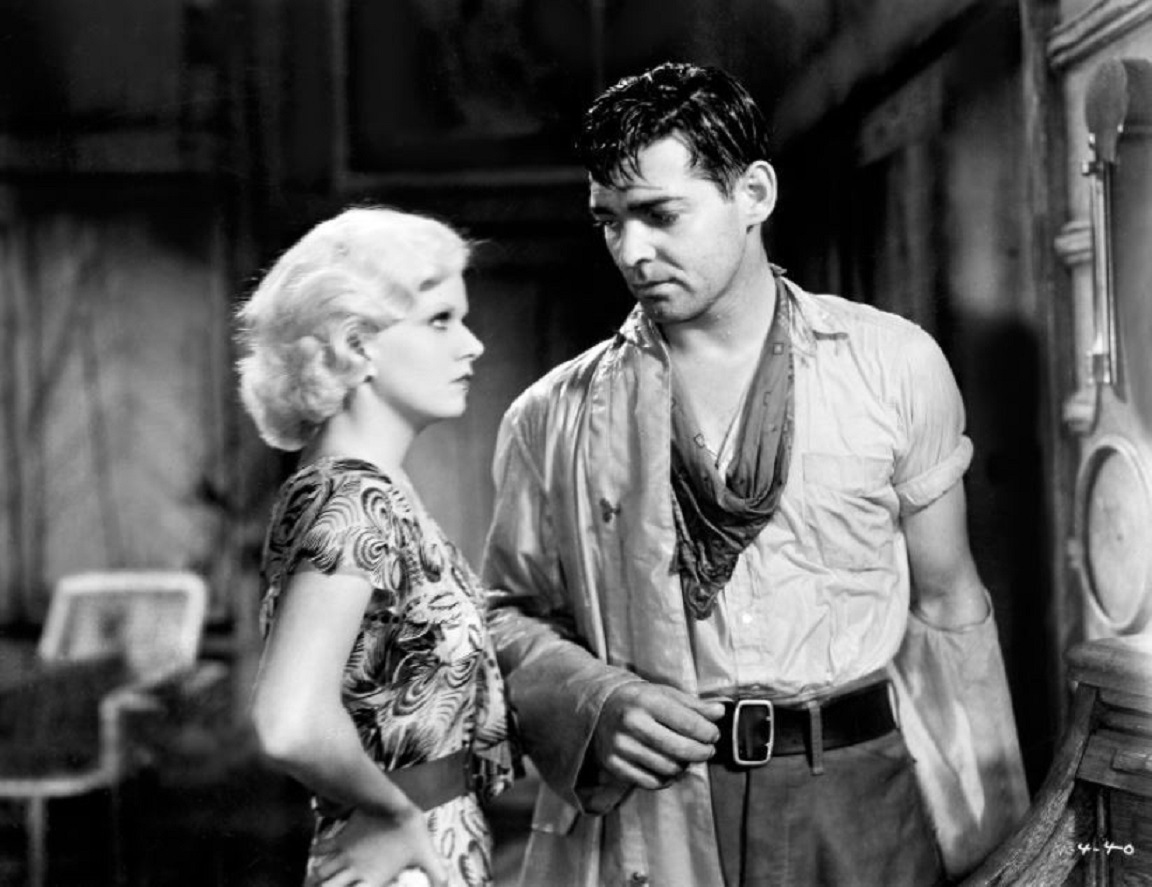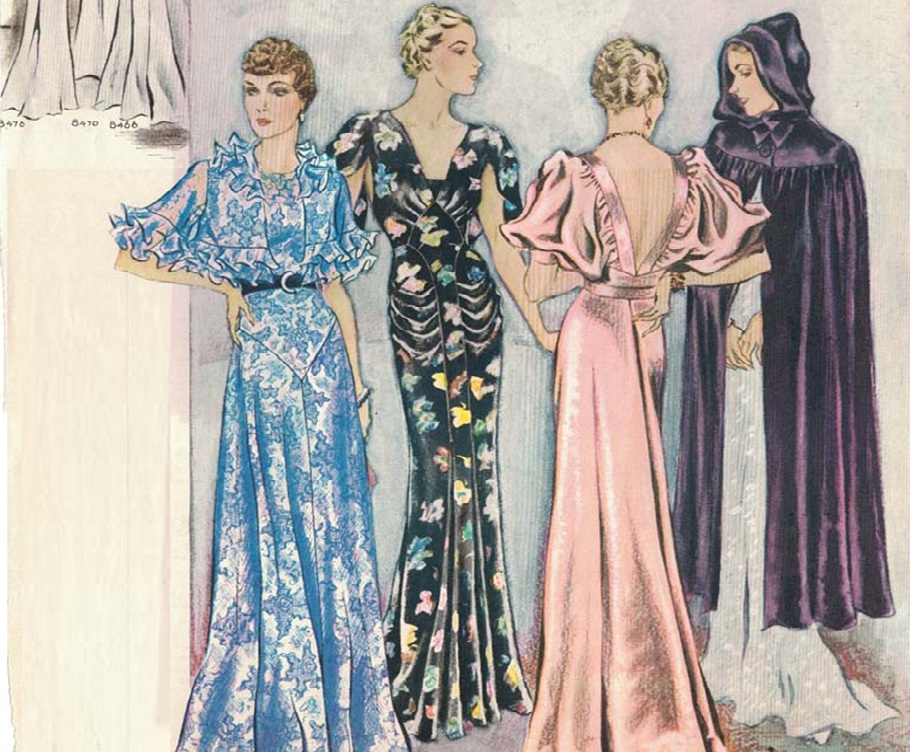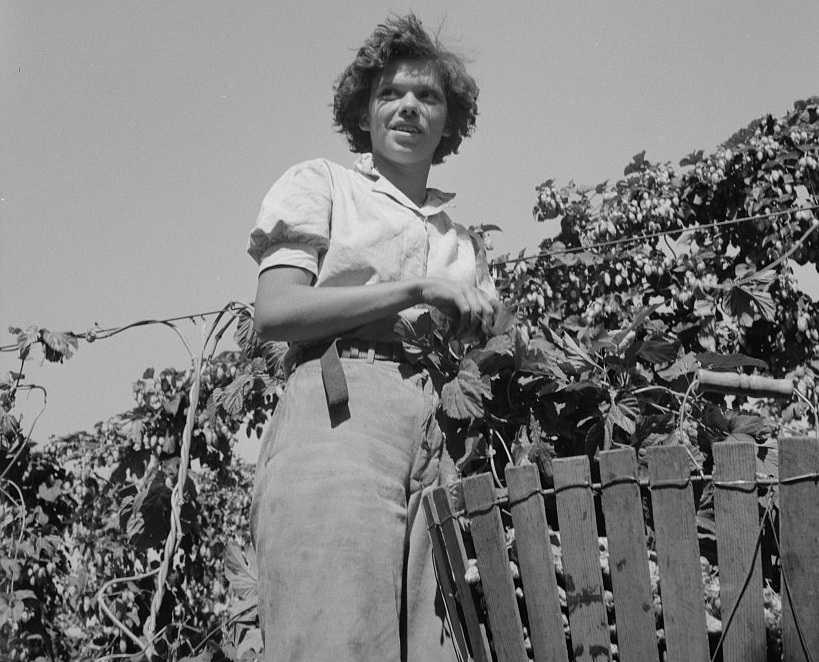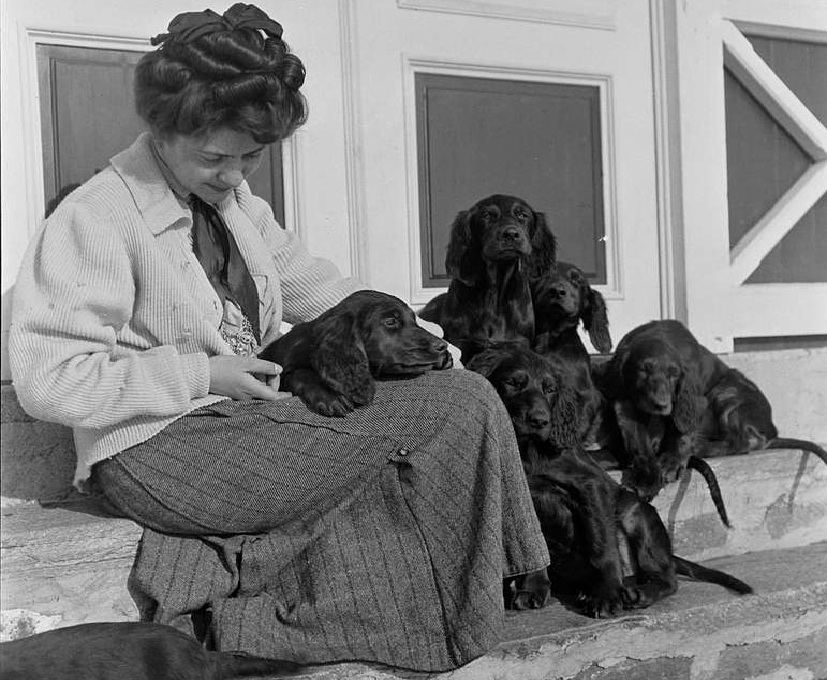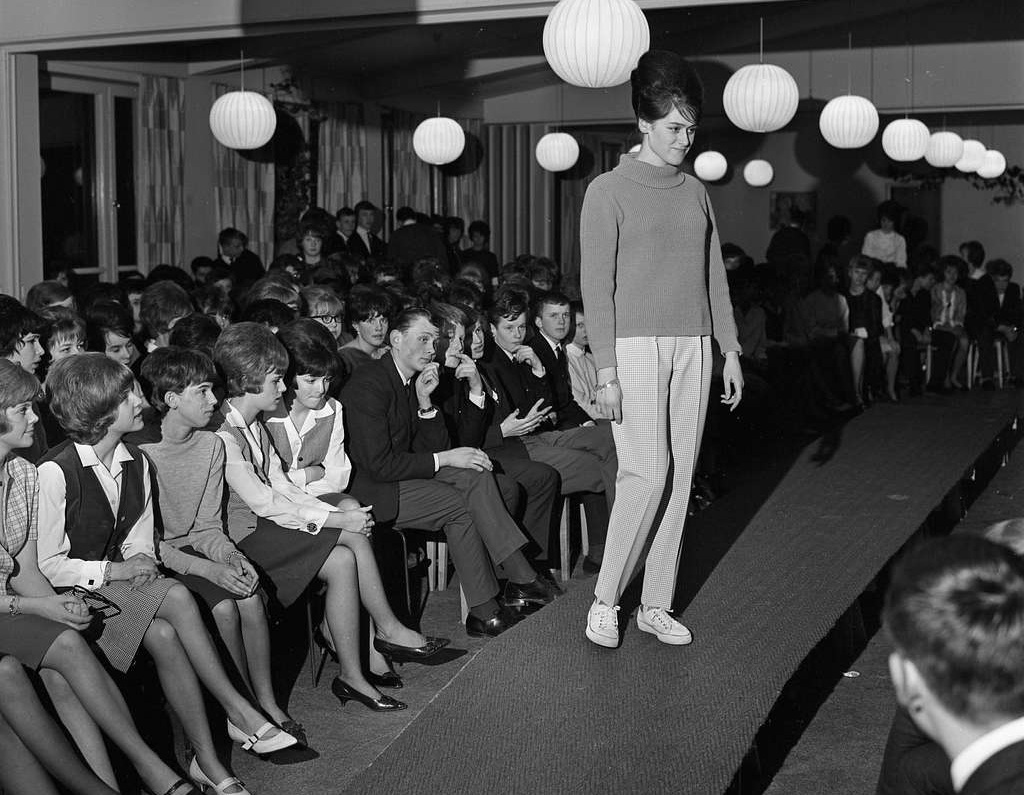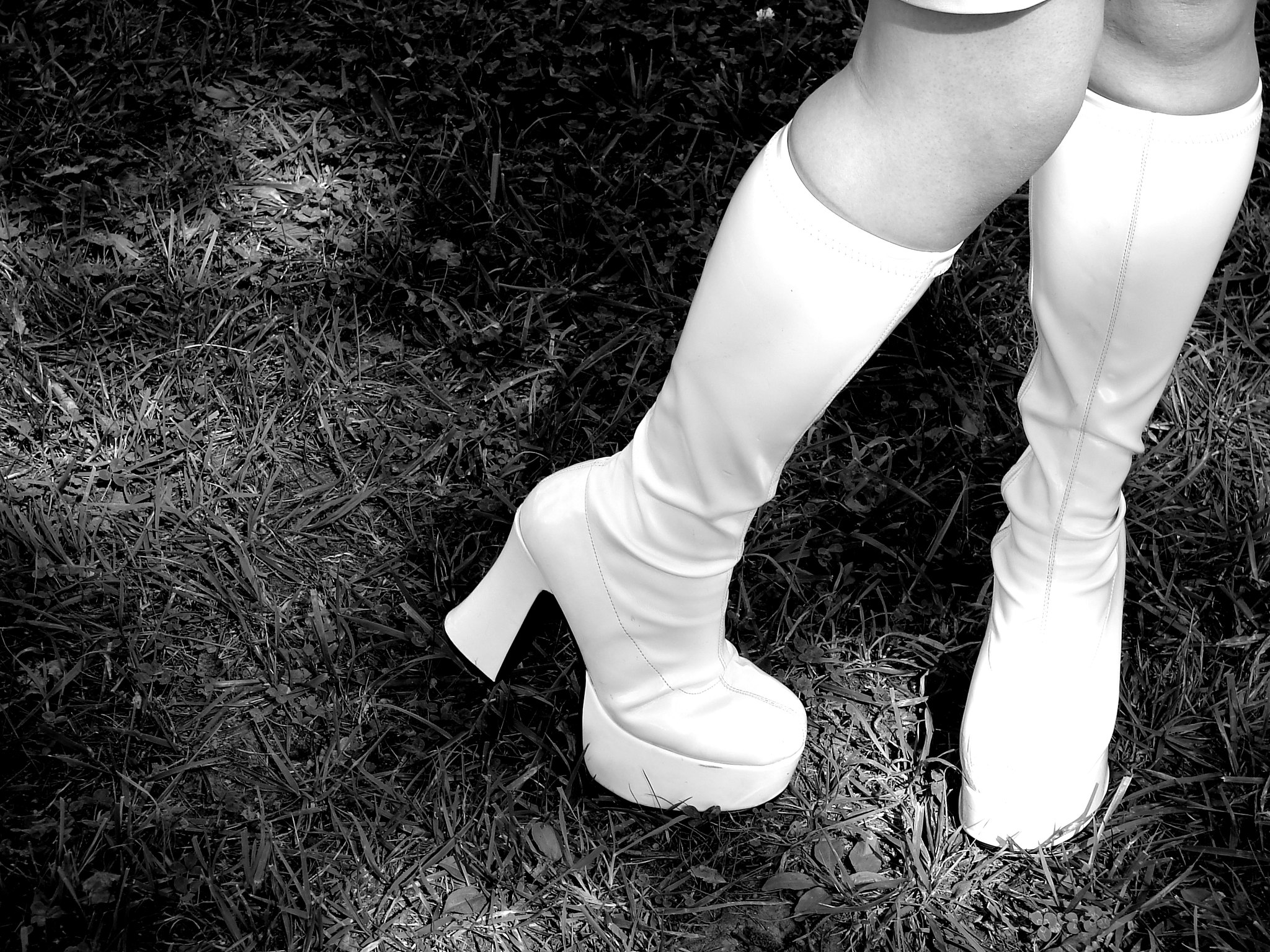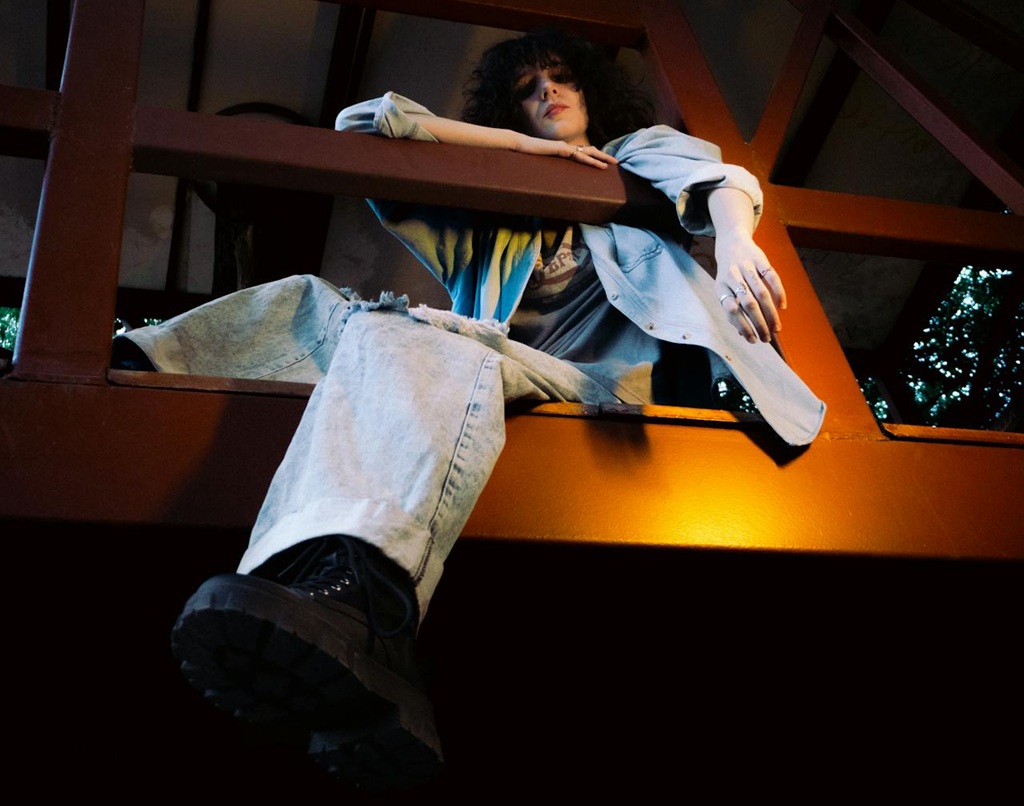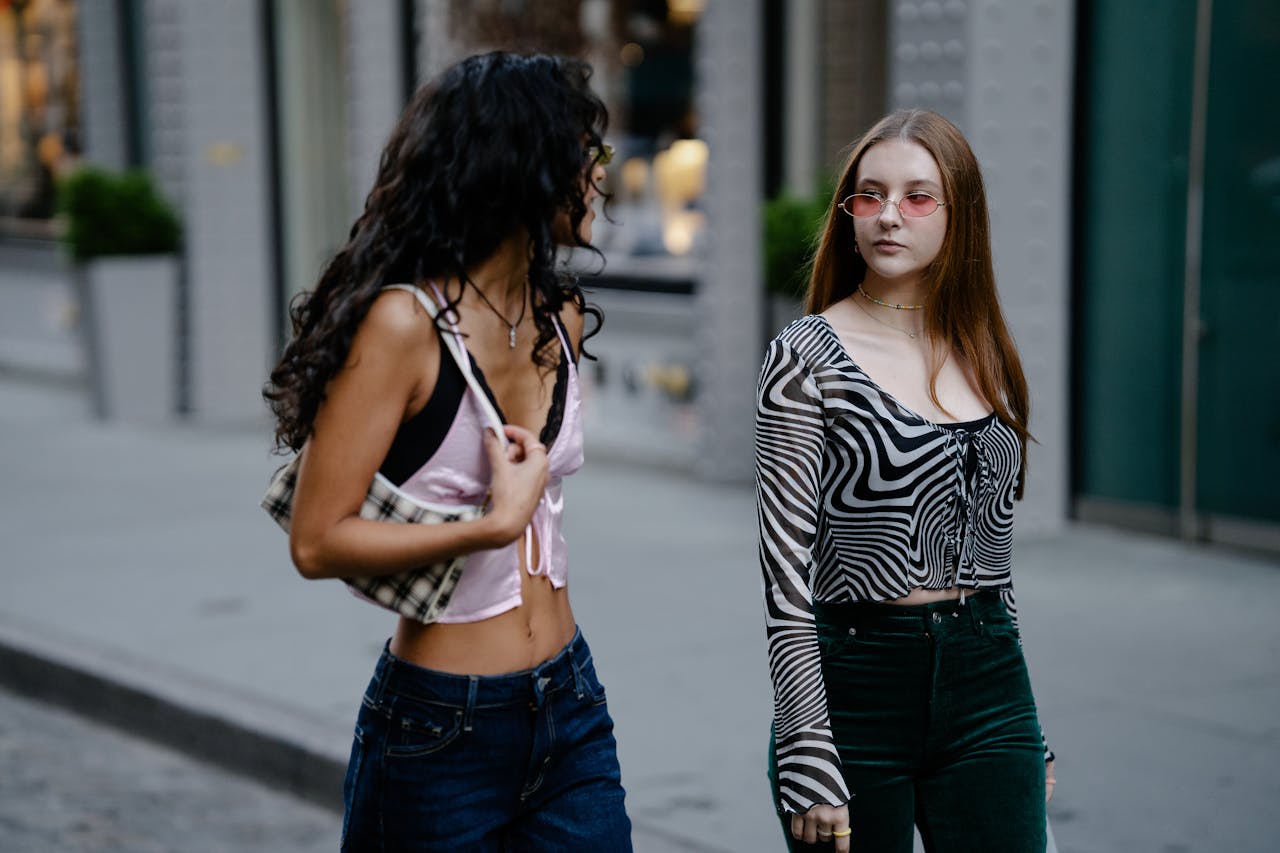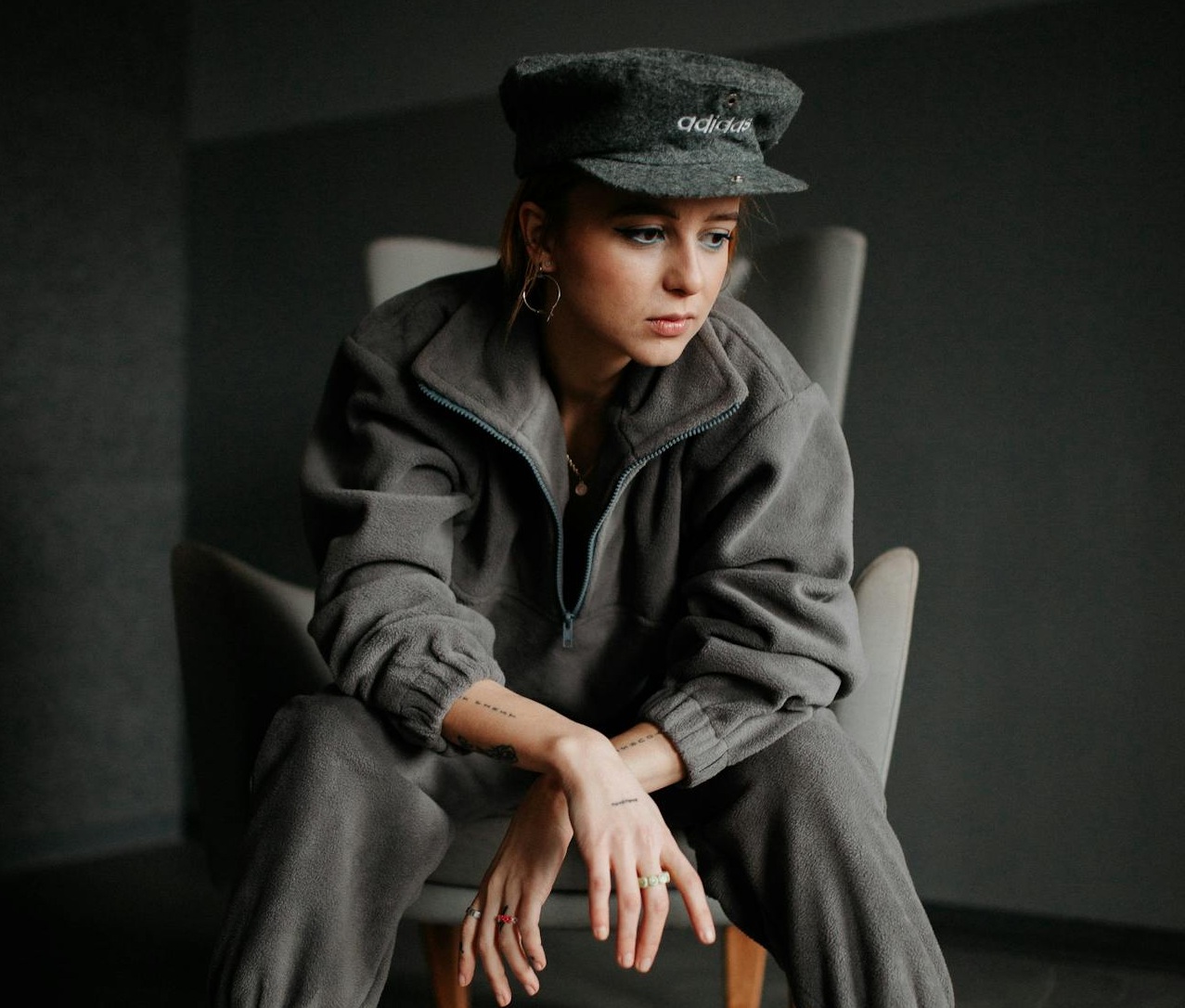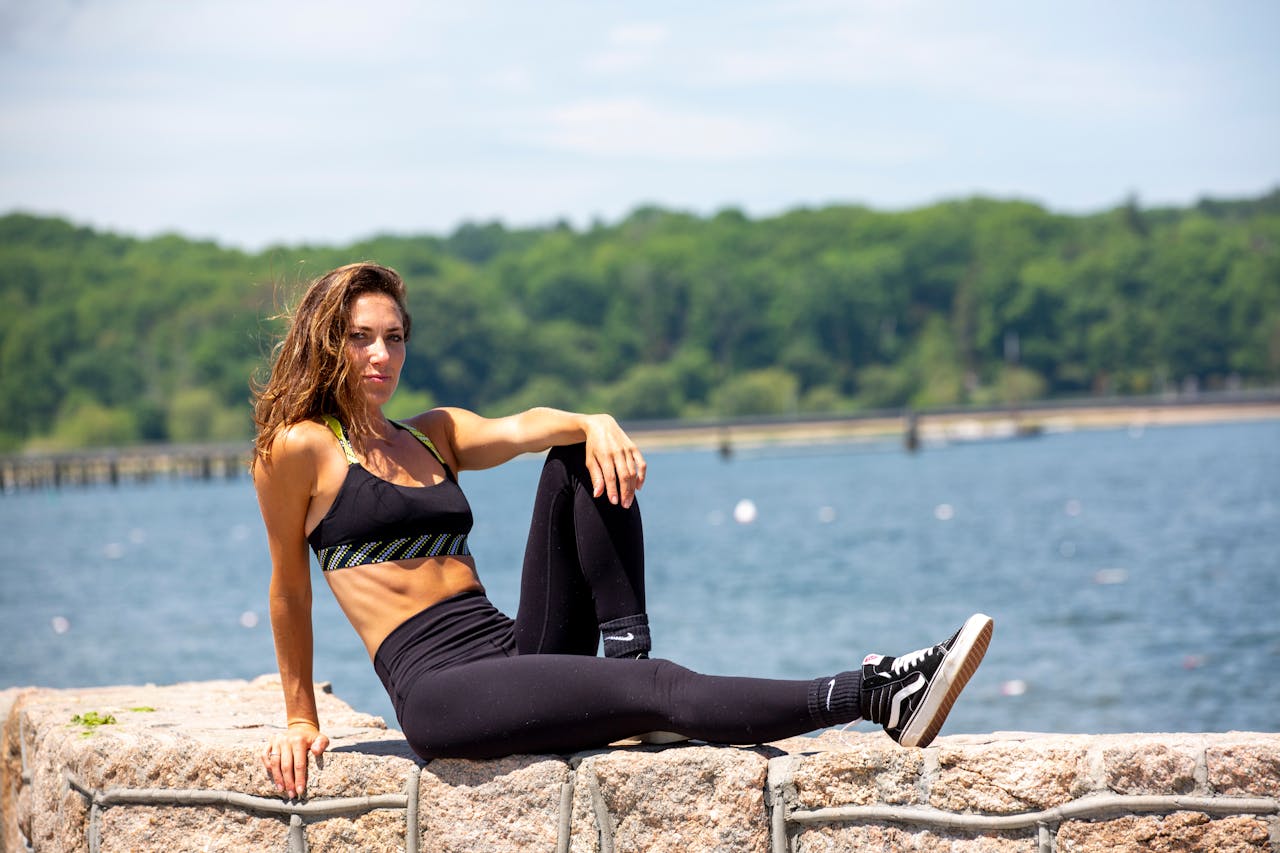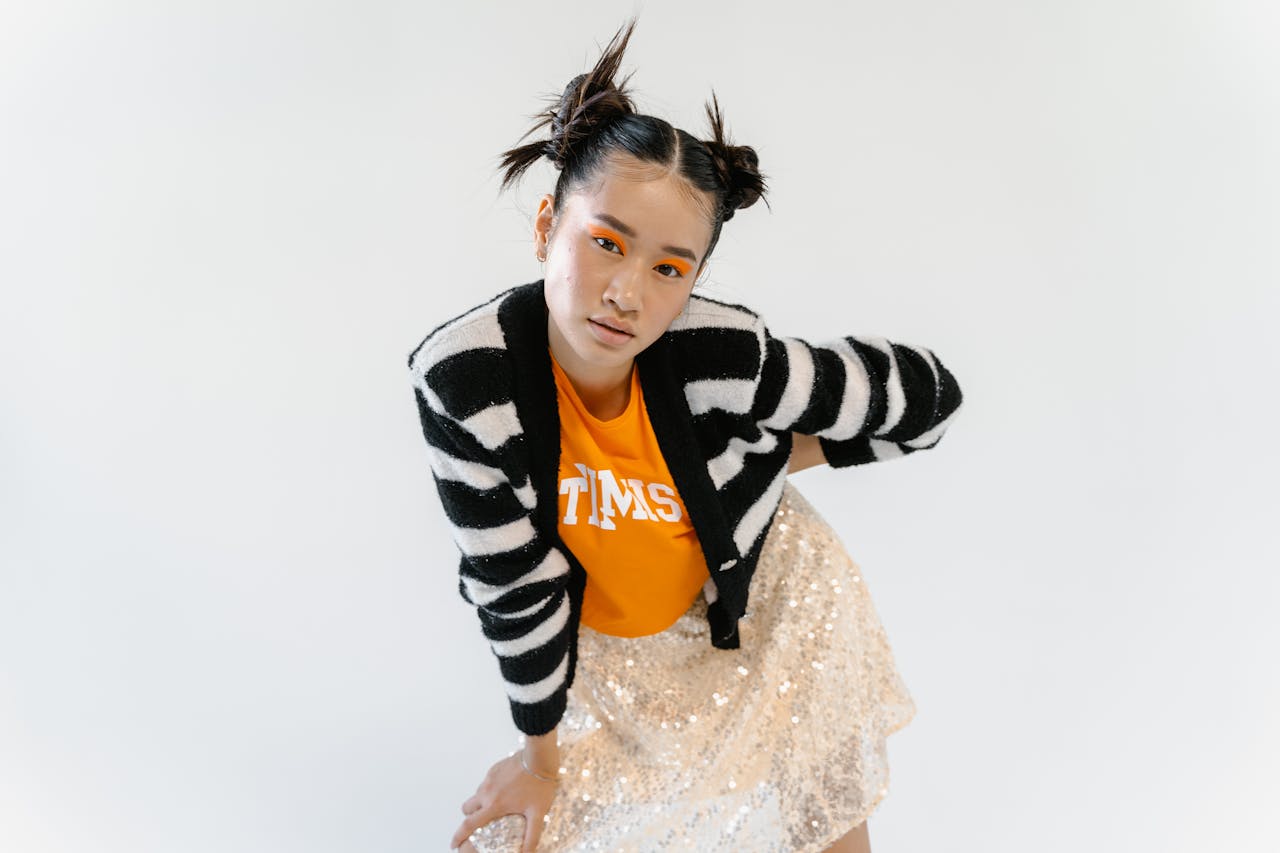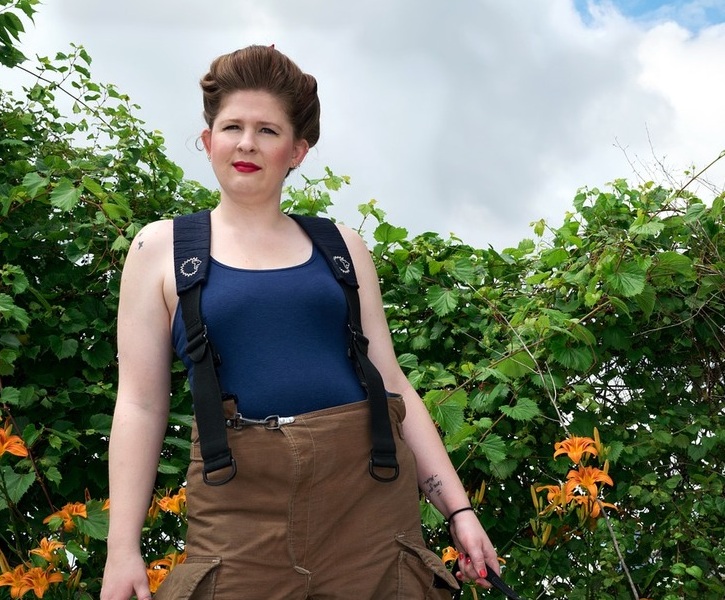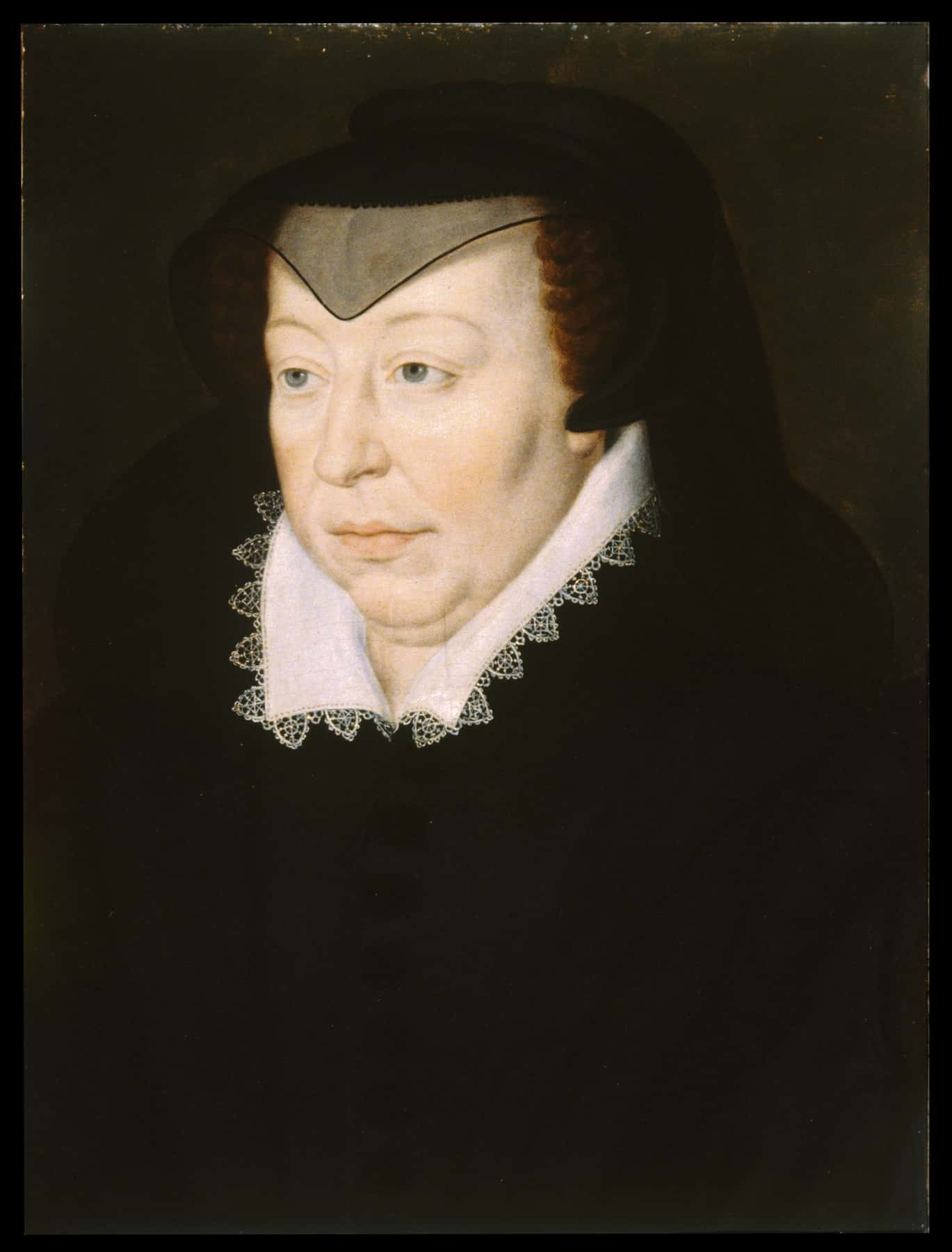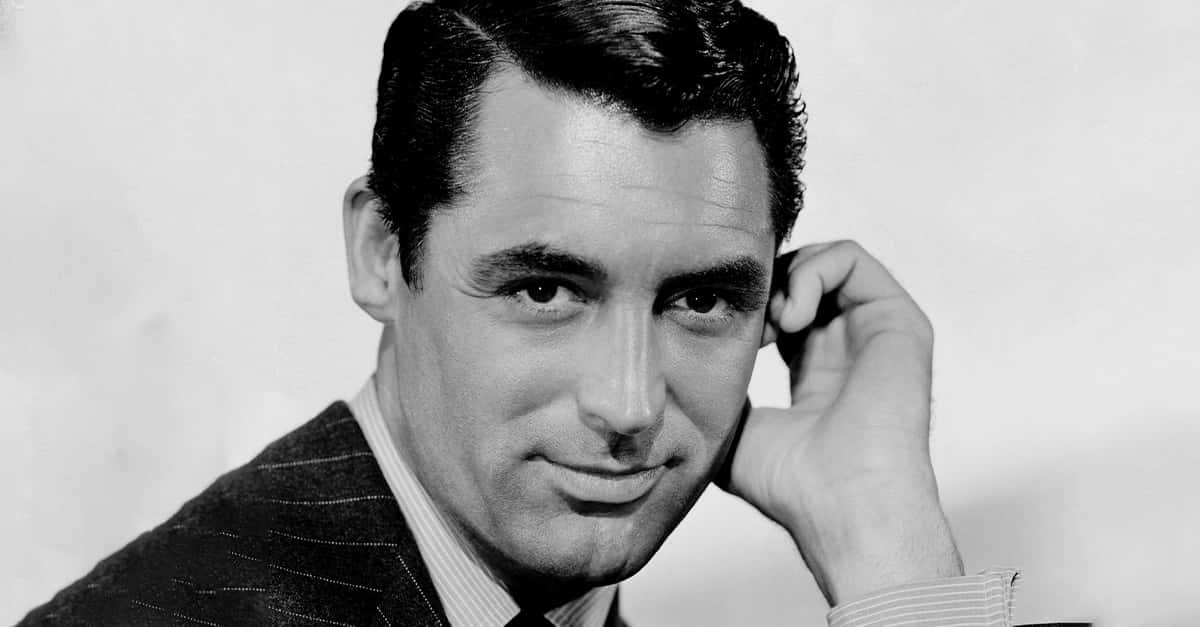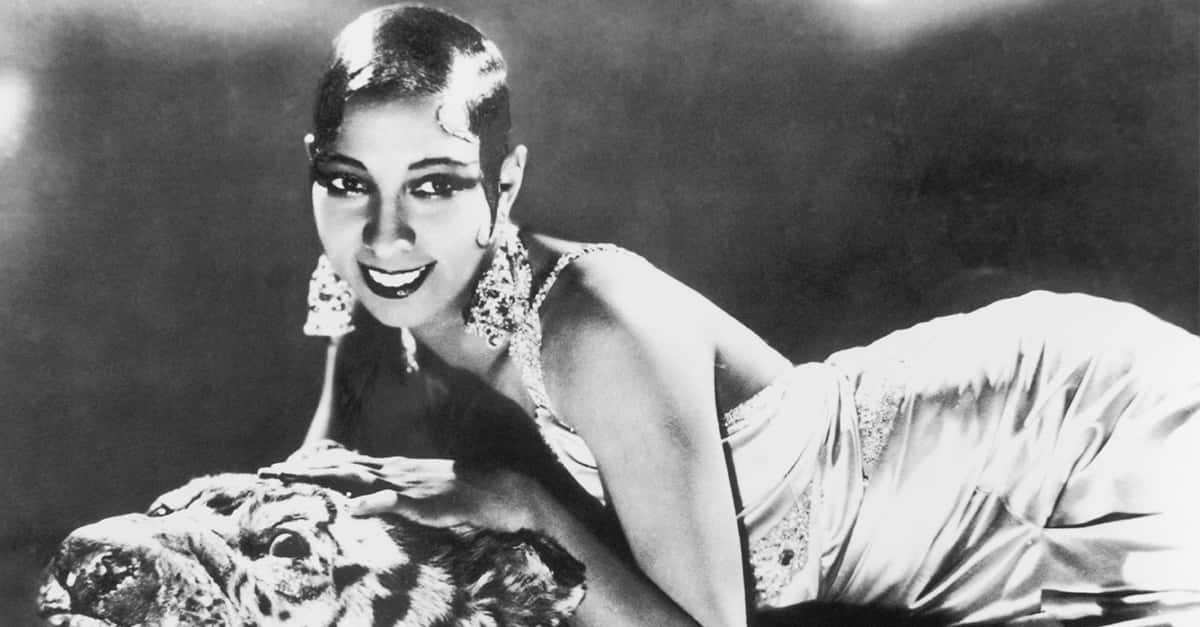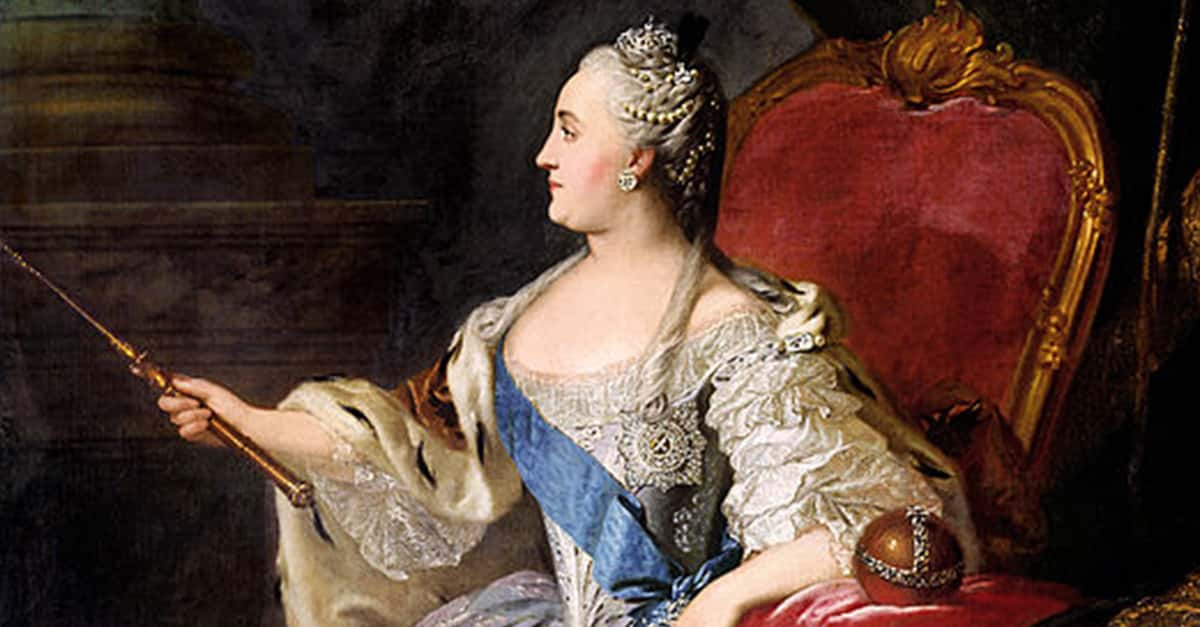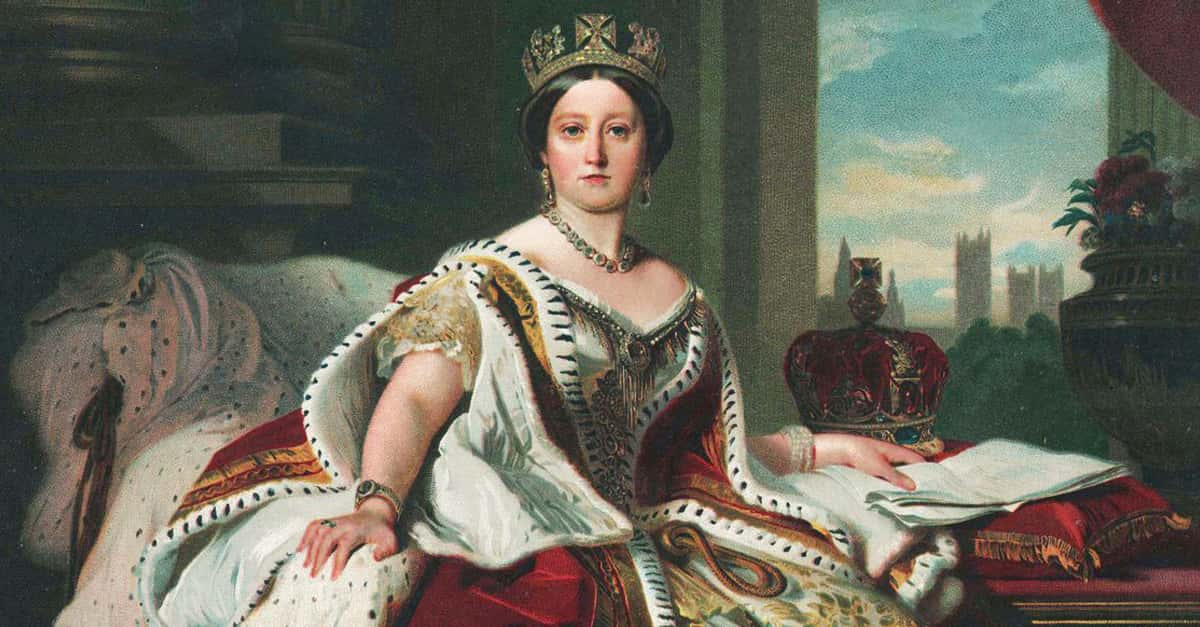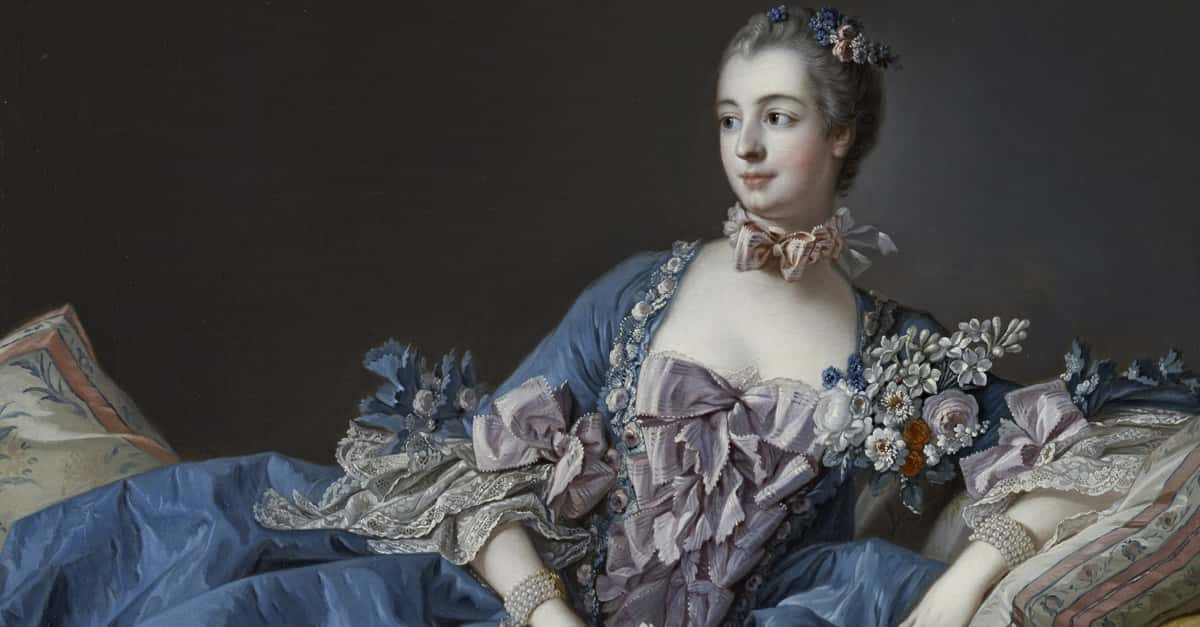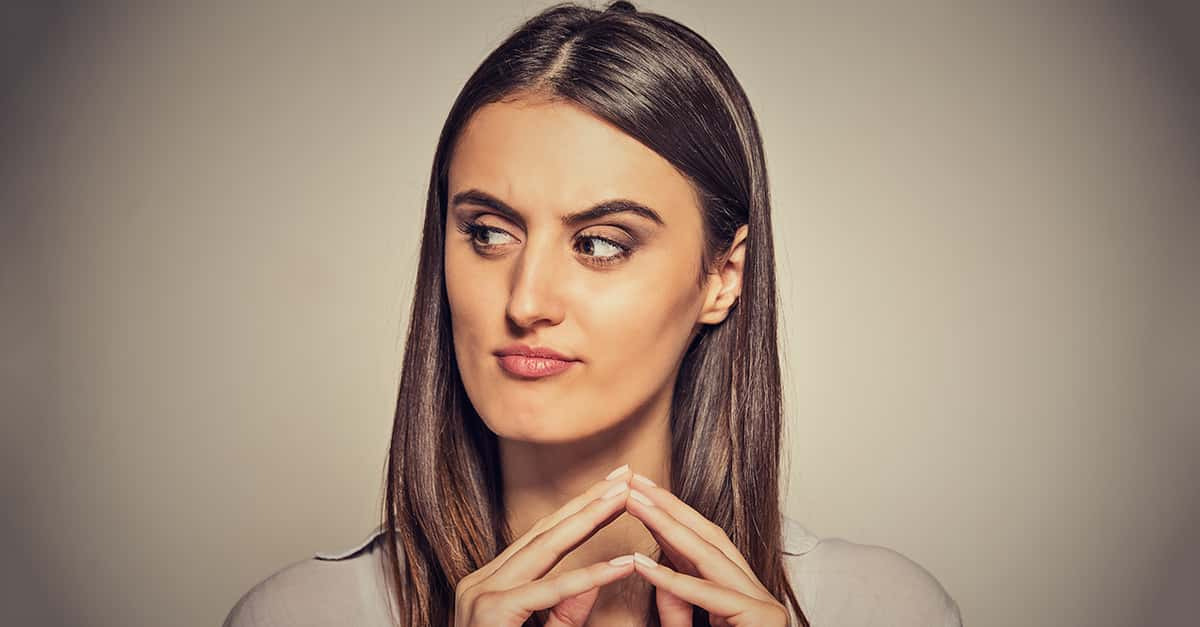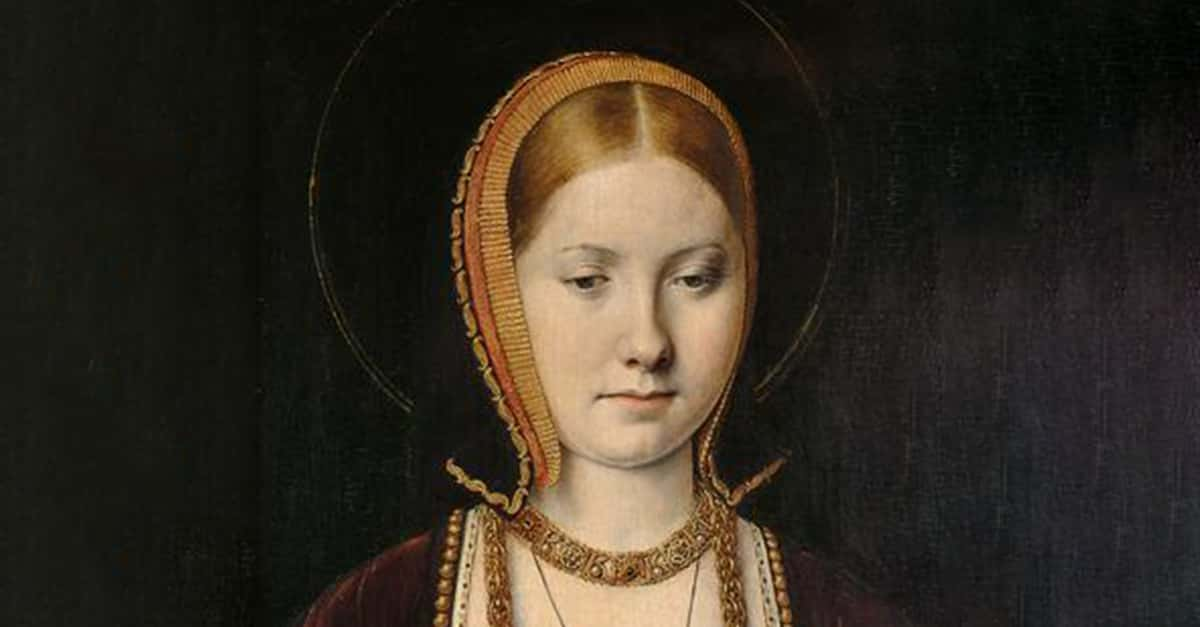The Evolution Of American Fashion
Fashion is more than climate protection. It's a form of expression, a statement, and a reflection of the times. Here’s a timeline of how American fashion has changed throughout the decades, from 1900s corsets and 20s flapper haircuts to hippie dresses and hipster glasses.

1900s: Early Imports From France
American fashion didn’t develop its own identity until later in the 20th century. At first, it followed trends from the fashion capital: Paris. Fashionistas bought their outfits from France while designers made American versions of French designs.
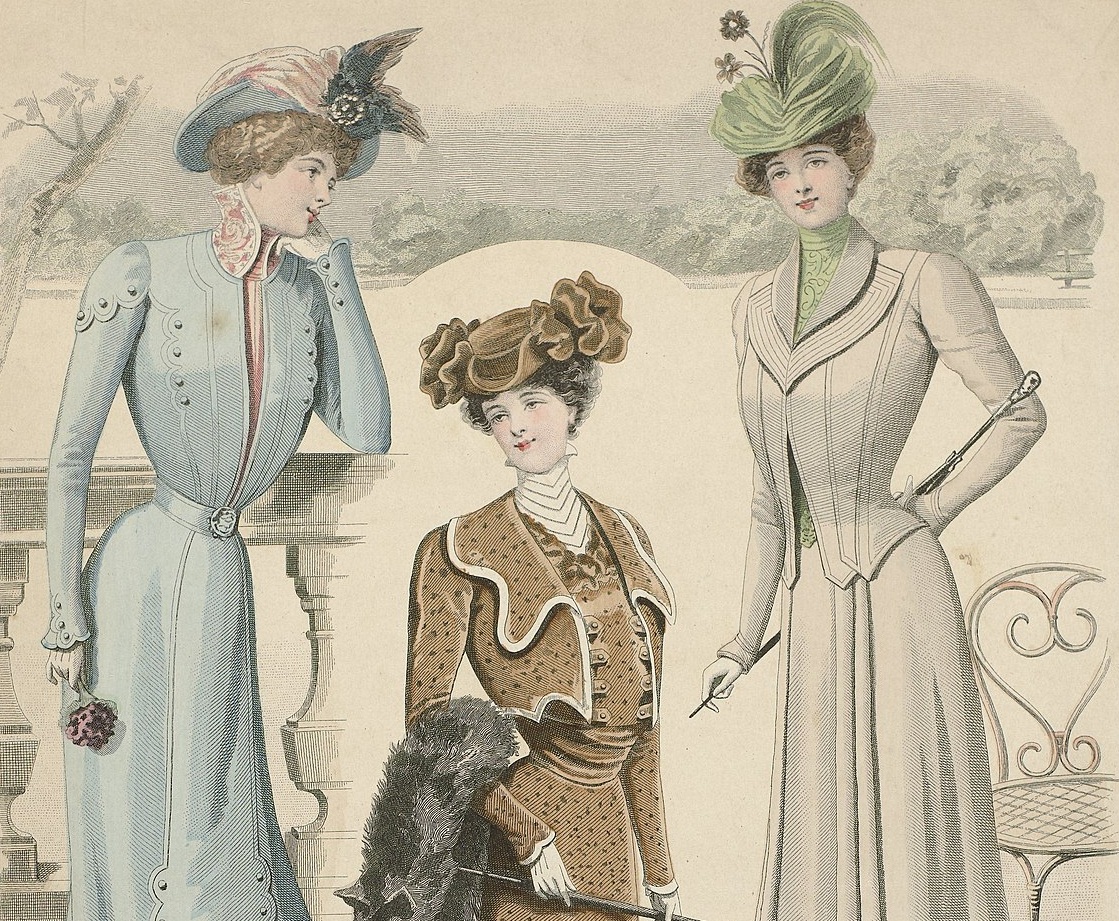 Rijksmuseum, Wikimedia Commons
Rijksmuseum, Wikimedia Commons
1900s: The “Health Corset”
An S-shaped curve was considered the ideal woman’s body shape in 1900s America. Fashionable women could achieve this shape with the “health corset,” which pushed their busts forward and their hips back, creating a curvy S-shaped silhouette.
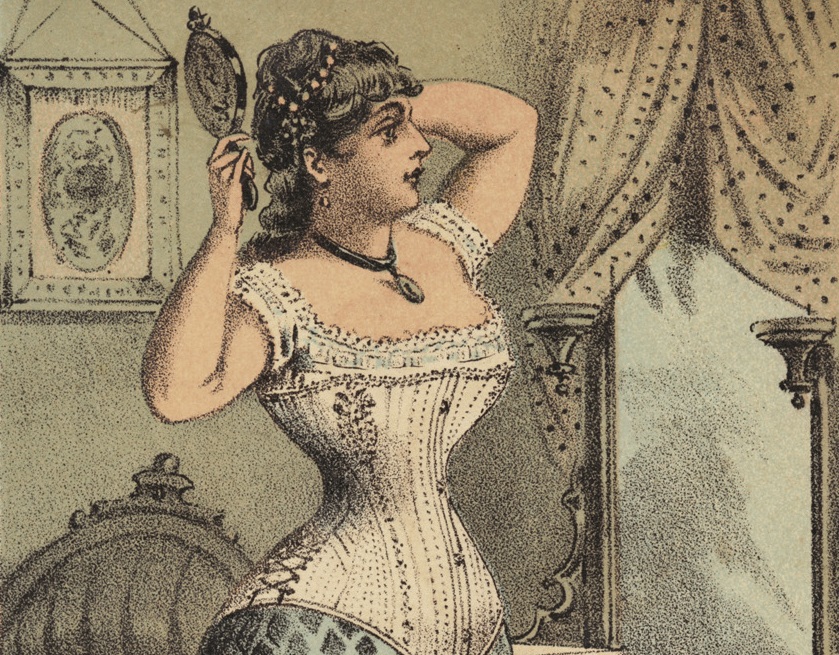 Boston Public Library, CC BY 2.0, Wikimedia Commons
Boston Public Library, CC BY 2.0, Wikimedia Commons
1900s: The “Gibson Girl”
The “Gibson Girl” was the ideal feminine aesthetic at the turn of the century (from circa 1890s to the start of World War I). Based on drawings by artist Charles Dana Gibson, she was also known as the “New Woman”. The Gibson Girl was often portrayed as active: playing music, riding a bicycle, or enjoying the great outdoors.
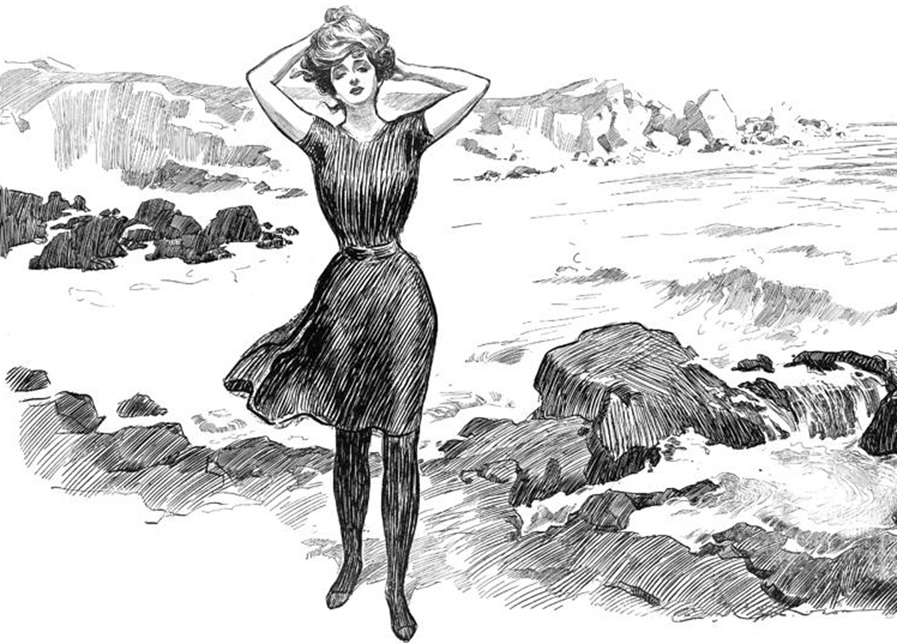 Charles Dana Gibson, Wikimedia Commons
Charles Dana Gibson, Wikimedia Commons
1910s: Dressing For Suffrage
During the Suffrage Procession of 1913, women wore pure white dresses adorned with colored sashes. They chose feminine styles associated with modesty to protect the reputation of their cause (previous calls for more relaxed women’s wear had been very unpopular.)
1910s: Practicality In Tough Times
The start of World War I in 1914 had a profound effect on women’s fashion. Because many worked in factories, European women started wearing pants and overalls, a trend that influenced American women. Even upper-class women enjoyed fashions influenced by the workwear aesthetic.
The world conflict also brought back a classic fashion piece for both men and women: the trench coat.
1910s: The Trench Coat
The trench coat began as a practical piece, keeping army members warm but lightweight at the same time. The high-ranking officers who wore trench coats often procured the garments themselves, so they looked to clothing makers like Burberry and Aquascutum. Burberry remains an iconic trench coat maker today.
1920s: The Iconic Flapper
The flapper defined the Roaring Twenties and is a striking look still fondly remembered today. Women rebelled against the more conservative dress of previous decades with boyish bobs, short skirts, and outfits that hung loose and straight rather than tightly conforming to the curves of the body.
1920s: Relaxed Pants For Men
Men also enjoyed a more relaxed development in fashion. The Oxford bag pants and the plus-four pants were popular. Oxford bags were extra-wide pants and likely originated among Oxford University undergraduates. Plus-fours were knickers with an extra four inches of material that bagged around the knee.
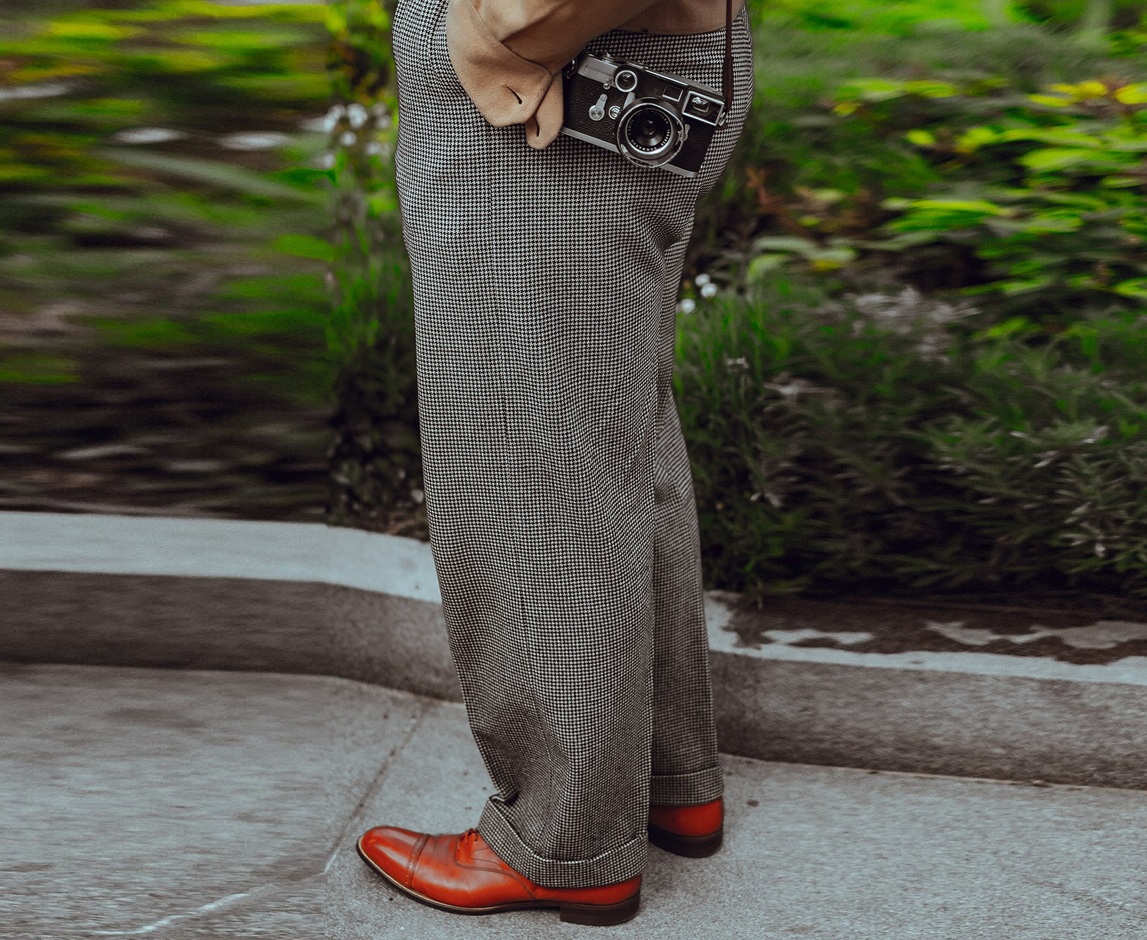 Clem Onojeghuo clemono2, Wikimedia Commons
Clem Onojeghuo clemono2, Wikimedia Commons
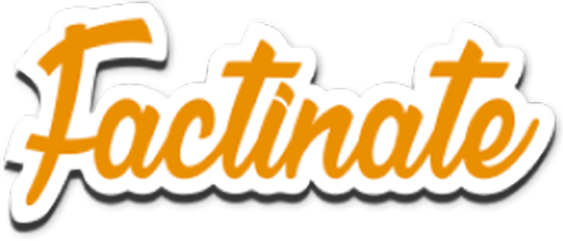
History's most fascinating stories and darkest secrets, delivered to your inbox daily.
1920s: The Little Black Dress
The iconic little black dress (or “LBD”) got its start in the 1920s, courtesy of Coco Chanel. Classic, elegant, and conveniently suitable for a variety of occasions, the LBD is still a wardrobe staple today.
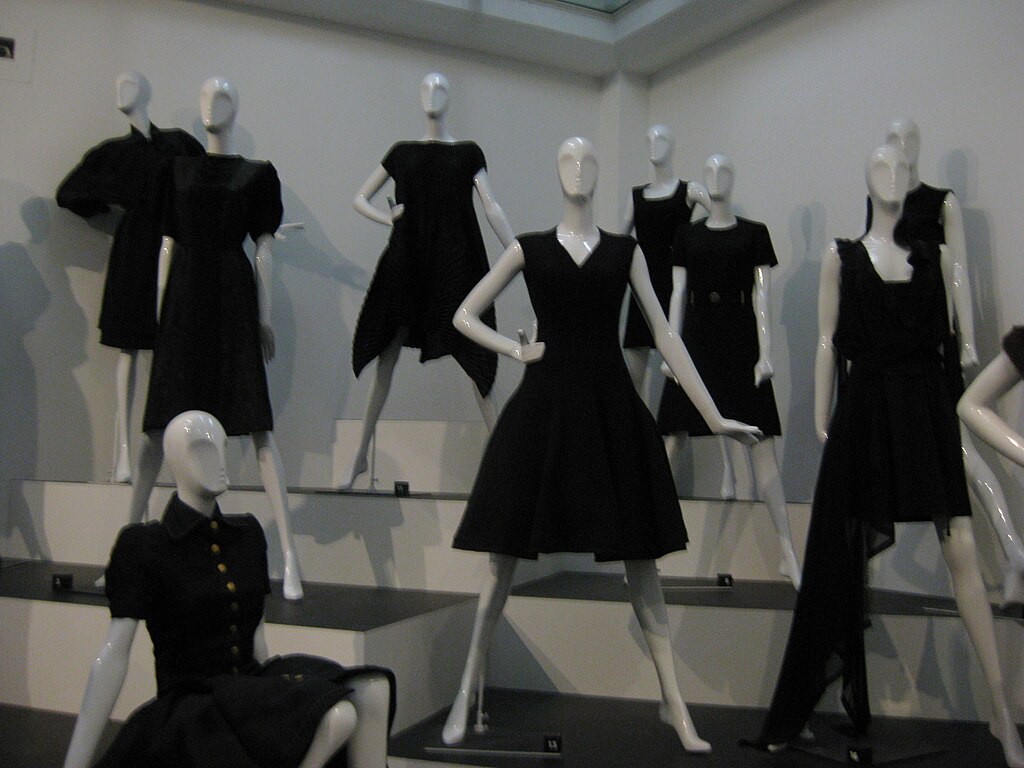 Marion Golsteijn, CC BY-SA 3.0, Wikimedia Commons
Marion Golsteijn, CC BY-SA 3.0, Wikimedia Commons
1930s: The Hollywood Era
1930s fashion was more conservative than the 20s Flapper era. Nevertheless, the glitz and glamor of Hollywood exerted a significant impact. The style-conscious tuned in to see influencers like Jean Harlow, Joan Crawford, Shirley Temple, and Clark Gable on film.
1930s: The Bias-Cut Dress
One 30s fashion piece was the bias-cut dress, made famous by Madeleine Vionnet. It snugly followed the contours of the female body and was influenced by the Art Deco movement.
1930s: Depression Era Clothing
The 1930s Depression brought with it a new economy for fashion: homemade garments, inexpensive catalogues, and cheaper materials were attractive choices. Meanwhile, copies of French designs were heavily taxed but toiles (patterns with cheap materials) were not.
1940s: Utilitarian Concerns
Another world war influenced fashion in the 1940s. In an era of waste avoidance and practicality, the woolen skirt suit became a popular item for women. Comparatively masculine to its 30s predecessors, Vogue called the “tailored suit” the “uniform of 1942”.
1940s: The “American Look”
Sportswear took off in America during the 1940s, with style icons like Katharine Hepburn sporting the “American Look”. Her outfits were more relaxed, allowing for more movement, and she made trousers on women more visible on screen.
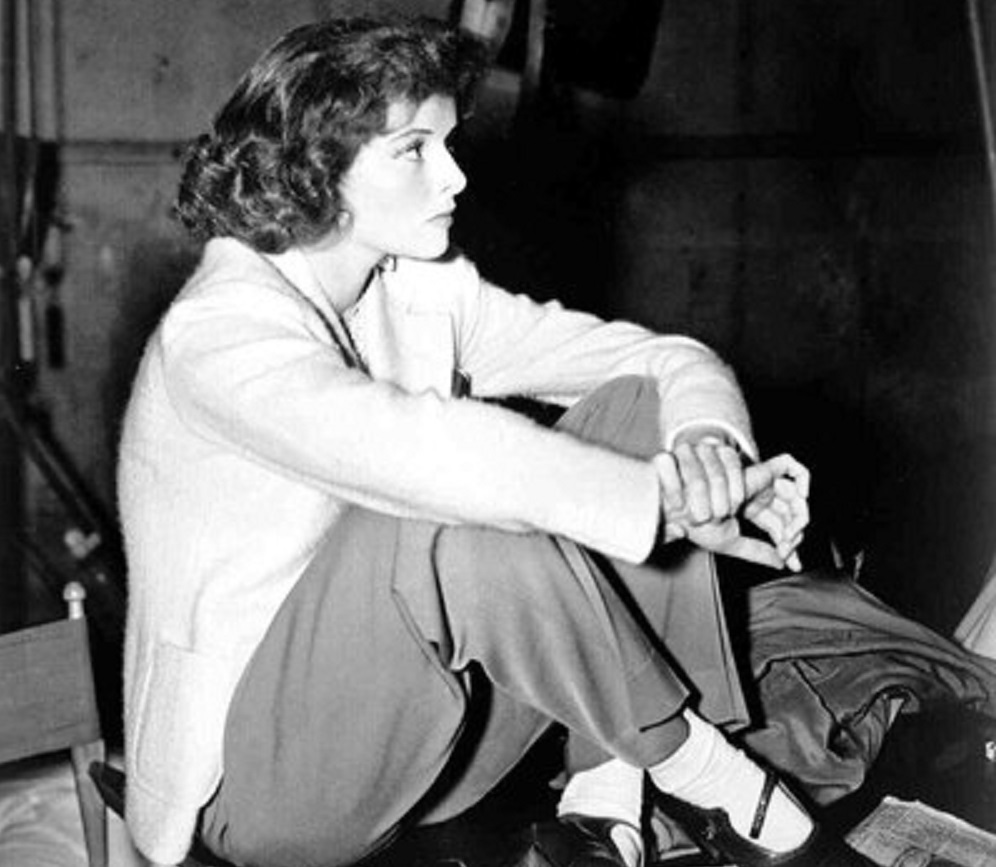 Unknown Author, Wikimedia Commons
Unknown Author, Wikimedia Commons
1940s: Zoot Suit Riots
Begun by Black and Latin American men in the Harlem area of New York, “zoot suits” were oversized, baggy suits based on the 1930s London “drape” suit. Unfortunately, the supply rationing of the time led some to see zoot suits as unpatriotic waste, and there was widespread brutality against minorities wearing zoot suits during the 1943 Zoot Suit Riots in LA.
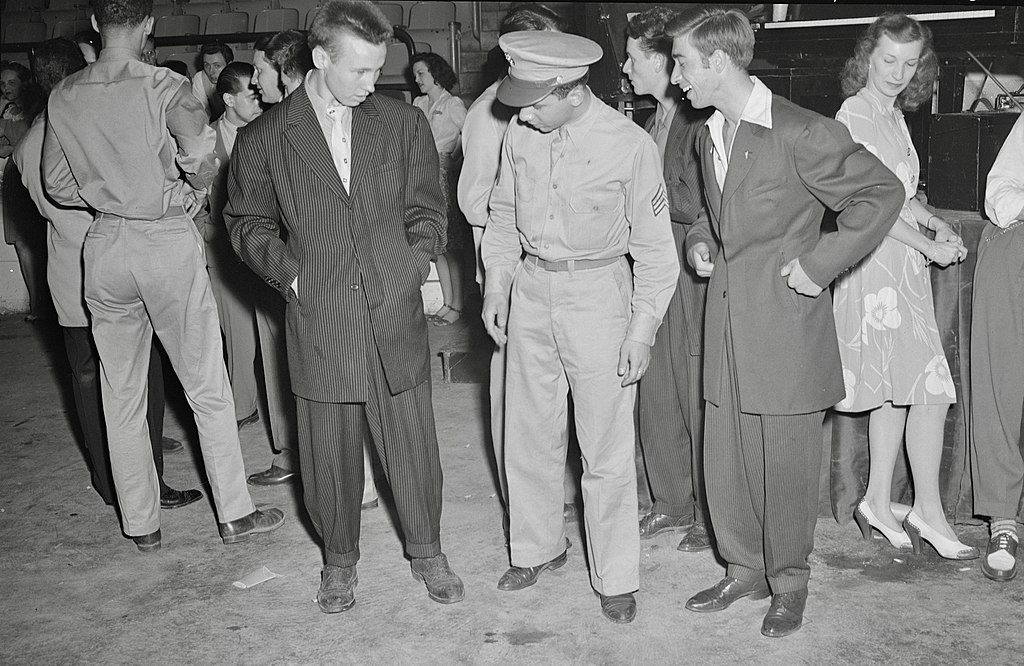 John Ferrell, Wikimedia Commons
John Ferrell, Wikimedia Commons
1950s: Patterns And Motifs
While the 1950s is stereotyped for being a decade of traditional values, playful patterns and motifs were popular in womenswear. Still, while trousers were commonplace, staying feminine and conservative was the majority style direction.
1950s: The Poodle Skirt
One rather delightful trend in 1950s American fashion was the “Poodle Skirt,” first designed by Juli Lynne Charlot in 1947. A solid-colored skirt with a playful design sewn on (such as a poodle!), these charming skirts could be made at home and were popular among girls and young women.
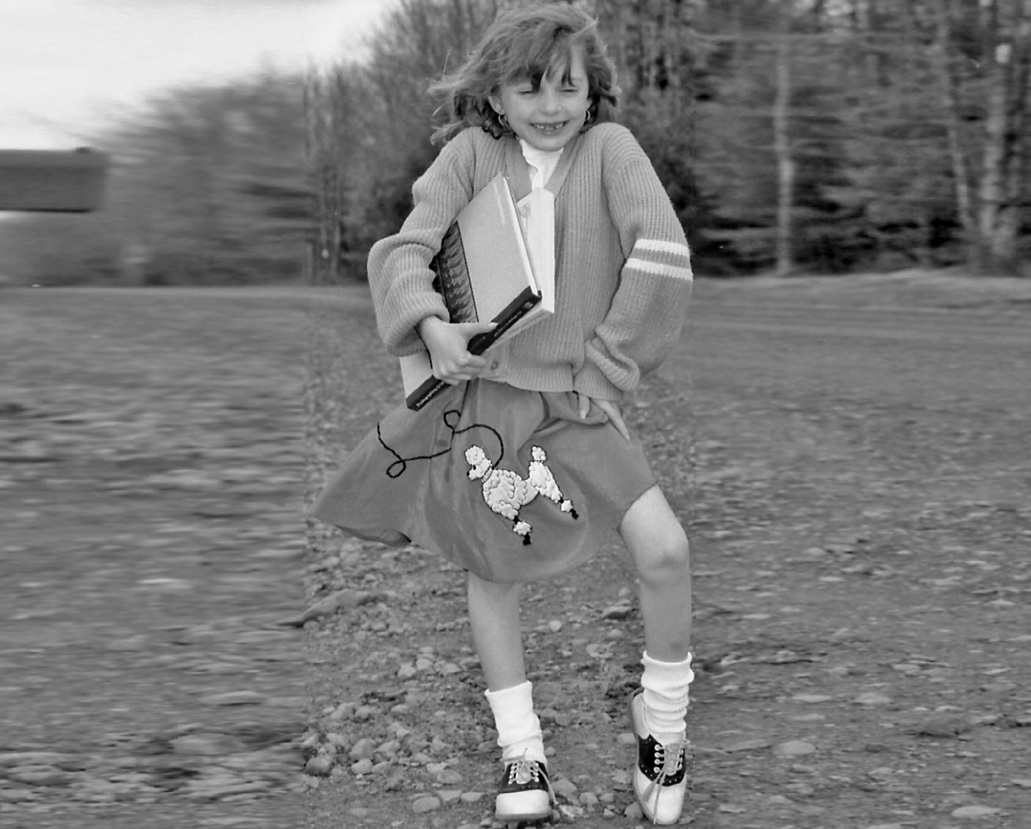 Tom Roy Hobbs, CC BY-SA 2.0, Wikimedia Commons
Tom Roy Hobbs, CC BY-SA 2.0, Wikimedia Commons
1950s: Greasers
No talk of 1950s fashion would be complete without greasers. Originating among working-class young men, the greaser uniform of slicked-back hair, solid white or black T-shirt, leather jacket, and jeans has become an iconic look that’s still occasionally dabbled in. Marlon Brando, James Dean, and movies like Rebel Without a Cause were major influences.
 Barkin, Herman & Associates, Wikimedia Commons
Barkin, Herman & Associates, Wikimedia Commons
1960s: Go-go Boots
Nancy Sinatra popularized go-go boots in the 1966 song “These Boots Are Made for Walking”. These typically white, mid-calf boots with shallow heels were also seen on Hullabaloo and Shindig! which gave them the nickname “Hullabaloo boots”.
1960s: Menswear Gets Fun
Western mens fashion turned a dramatic corner in the 1960s. It had changed little in previous decades, mostly consisting of neutral colored suits and ties. Now, bold colors and striking patterns emerged, with inspiration from flamboyantly dressed musicians like Jimi Hendrix and Mick Jagger. Military-inspired motifs were popular too.
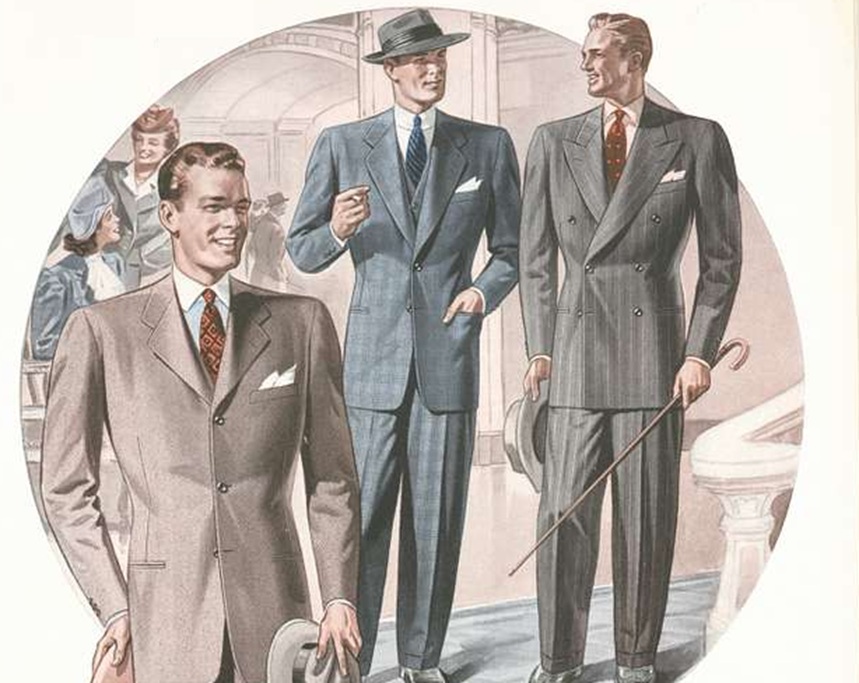 New York Public Library, Picryl
New York Public Library, Picryl
1960s: The Miniskirt
The iconic miniskirt got its start in the 1960s. It was first pioneered by Mary Quant, a Londoner, and then made popular in America by designer Rudi Gernreich. Young women embraced the playful miniskirt until 1969 when the long, flowy hippie aesthetic started taking over.
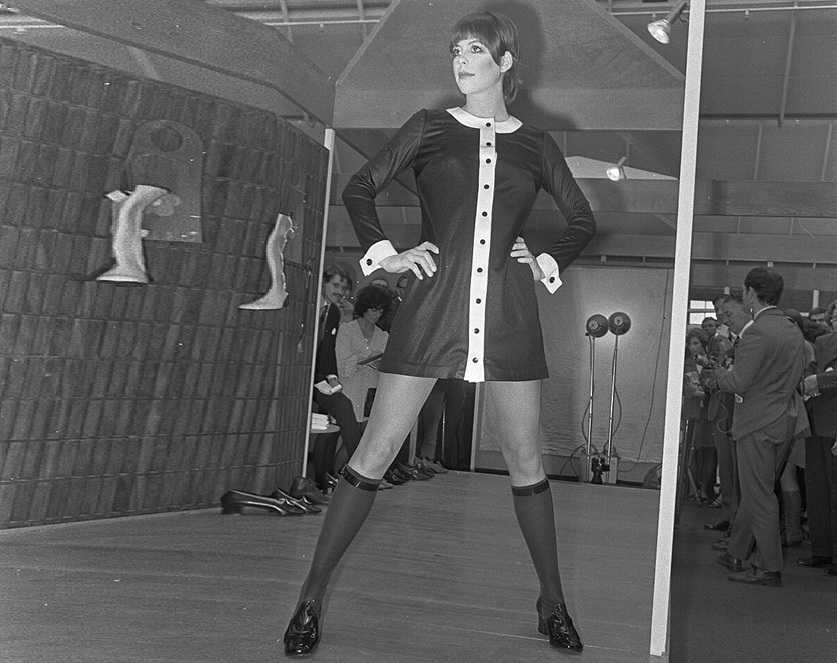 Jack de Nijs for Anefo, Wikimedia Commons
Jack de Nijs for Anefo, Wikimedia Commons
1970s: Hippie Aesthetic
The hippie ethos of peace and love is synonymous with the 60s and 70s. In the 70s, homemade, DIY clothing and ornamentation went mainstream as designers adopted this aesthetic. The prairie dress was also popular, referencing both the archaic past and the free love present.
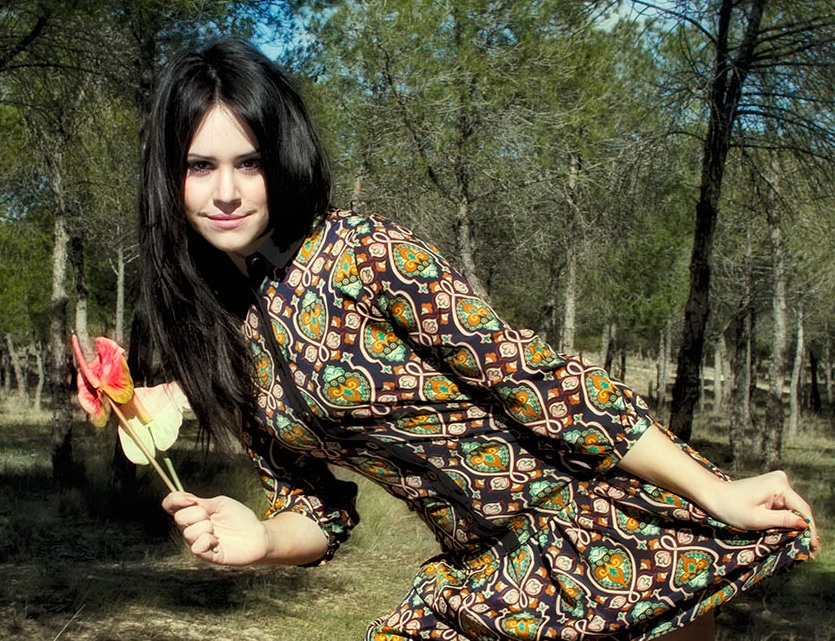 Gaudencio Garcinuño, CC BY-SA 2.0, Wikimedia Commons
Gaudencio Garcinuño, CC BY-SA 2.0, Wikimedia Commons
1970s: Infamous Bell Bottoms
Nothing says 1970s like bell bottoms! With dramatic flares at the ankle, bell bottoms were worn by both men and women. Interestingly, they’ve been around since the 17th century and were practical for sailors who needed to quickly roll up their pants.
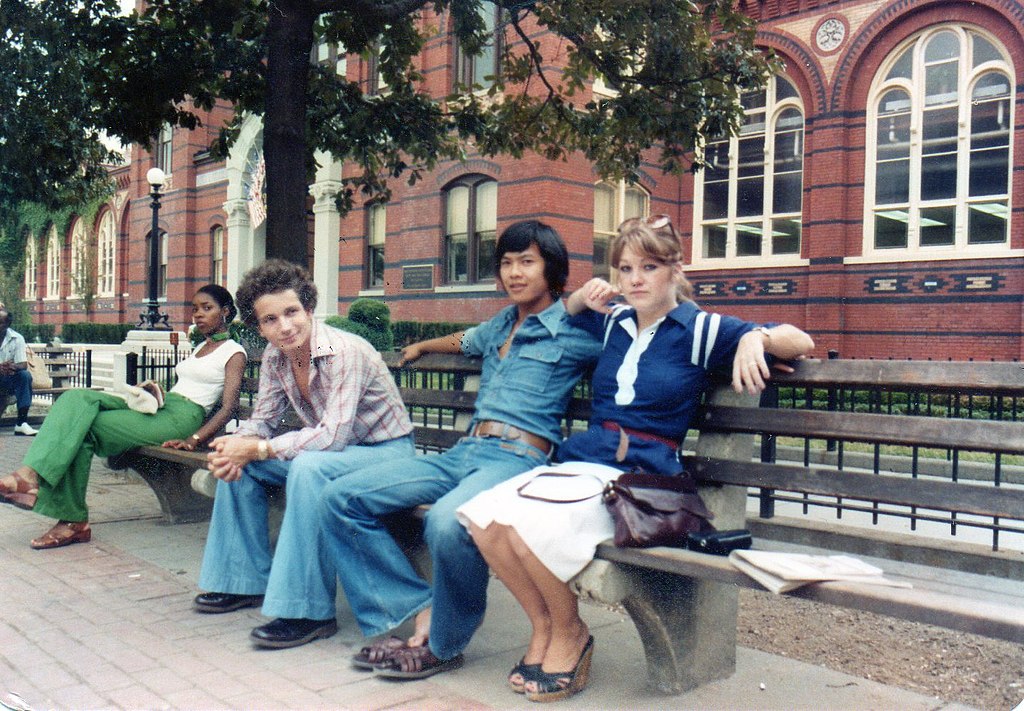 Yves le bail, CC BY-SA 4.0, Wikimedia Commons
Yves le bail, CC BY-SA 4.0, Wikimedia Commons
1970s: Tie-Dye
The bold and colorful patterns of tie-dye coincided nicely with pop culture’s growing obsession with psychedelia. Variations of the technique had been used in different cultures for centuries, but tie-dye took off as a popular DIY project and as festival wear in the 60s and 70s.
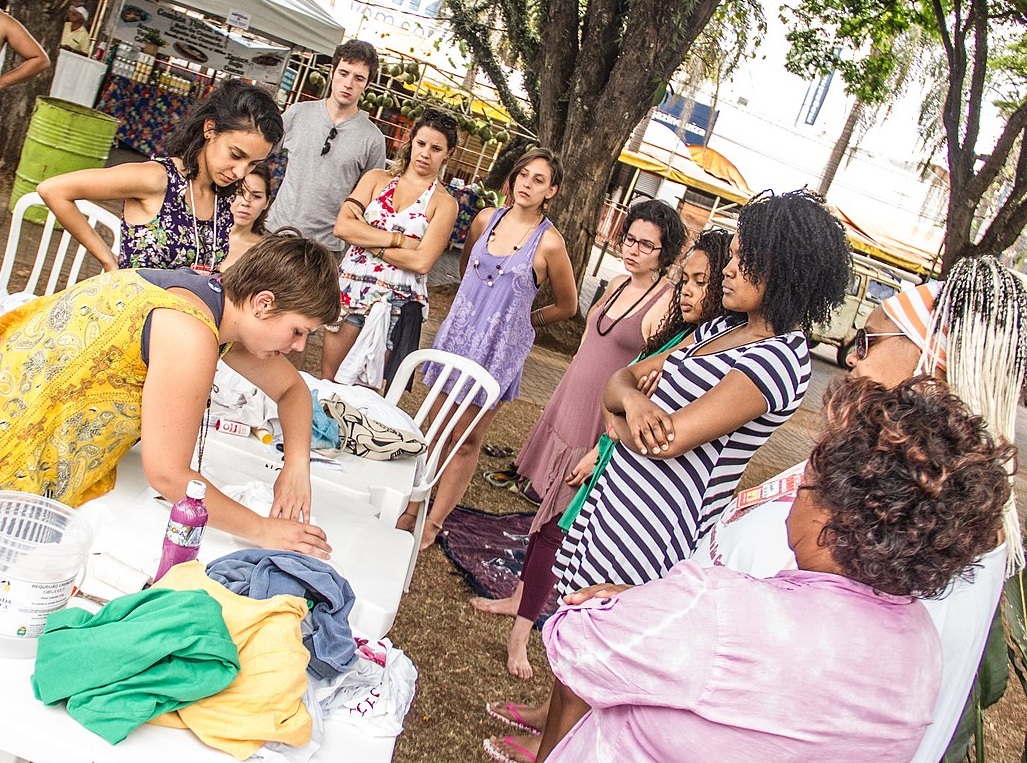 Festival Contato, CC BY 2.0, Wikimedia Commons
Festival Contato, CC BY 2.0, Wikimedia Commons
1980s: Things Get Neon
Neon colors and big hair defined the 1980s. Thanks to MTV, more people were inspired by and imitated their favorite celebrities. “Over-the-top” is an accurate descriptor of 80s fashion: women adopted big hoop earrings, lots of make-up, big messy hair, oversized tees, and bold colors.
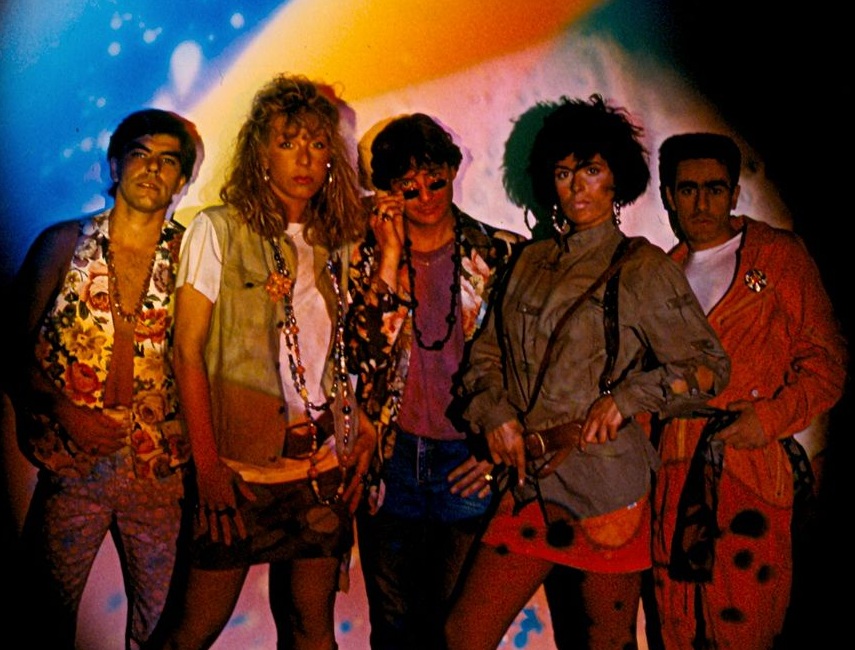 Santulchix at the Italian Wikipedia project., Wikimedia Commons
Santulchix at the Italian Wikipedia project., Wikimedia Commons
1980s: Parachute Pants
The original parachute pants were tight-fitting, chock full of zippers, and so-named because they were made of the same materials parachutes were made of. Big, baggy pants were popular too, and are sometimes referred to as parachute pants or later, Hammer pants.
1980s: Hip-Hop Influences
Some would say hip-hop is a music genre, a fashion, and a lifestyle. The hip-hop aesthetic burst into the 1980s pop culture scene with track suits, gold chains, bucket hats, and more, and continues its influence today.
1990s: Grunge Influences
Nirvana, plaid, and grunge defined youth culture during the 90s. This decade in fashion trended towards the casual. The style-conscious shopped vintage at secondhand stores and paired their leggings and loose flannel with combat boots like Doc Martens.
1990s: Slip Dresses
Femininity and an understated raciness became more popular as the decade progressed. Slip dresses carried on the casual aesthetic of the 90s and showed ample skin at the same time. Meanwhile, babydoll tees and knee high socks were inspired by the Britney Spears “Baby One More Time” schoolgirl look.
1990s: Hip-Hop Prevails
Hip-hop continued to be a major trendsetter in the 90s thanks to groups like TLC and artists like Aaliyah, who starred in a Tommy Hilfiger campaign in 1996. A tomboy style rife with neons, baggy bottoms, and cargo pants was the look at the time. Baby Phat was launched in 1997 by Kimora Lee Simmons, and it’s experiencing a resurgence today as Gen Z’ers look back to Y2K fashion.
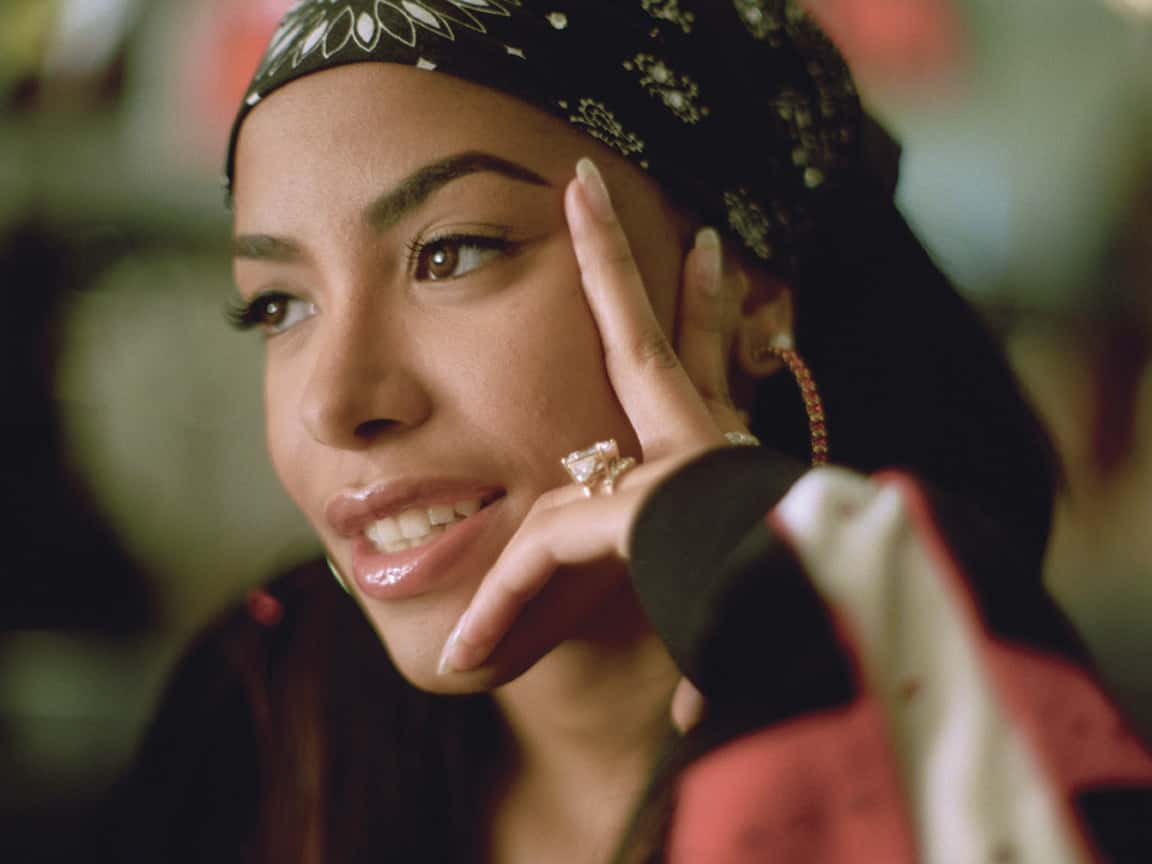 Mika-photography, CC BY-SA 3.0, Wikimedia Commons
Mika-photography, CC BY-SA 3.0, Wikimedia Commons
2000s: Low Rise
Low rise jeans were all the rage at the turn of the millennium. The slouchy look hung off the narrow hips of female celebrities. Later, bootcut, distressed, and skinny jeans would grow in popularity.
2000s: UGG Boots
Chonky, comfy, and ubiquitous, these Australian sheepskin boots were a symbol of the 2000s. Thanks to the paparazzi craze of the 2000s, girls and women were inundated with images of Paris Hilton, Beyonce, Ashley Tisdale, and others sporting UGG boots all over town.
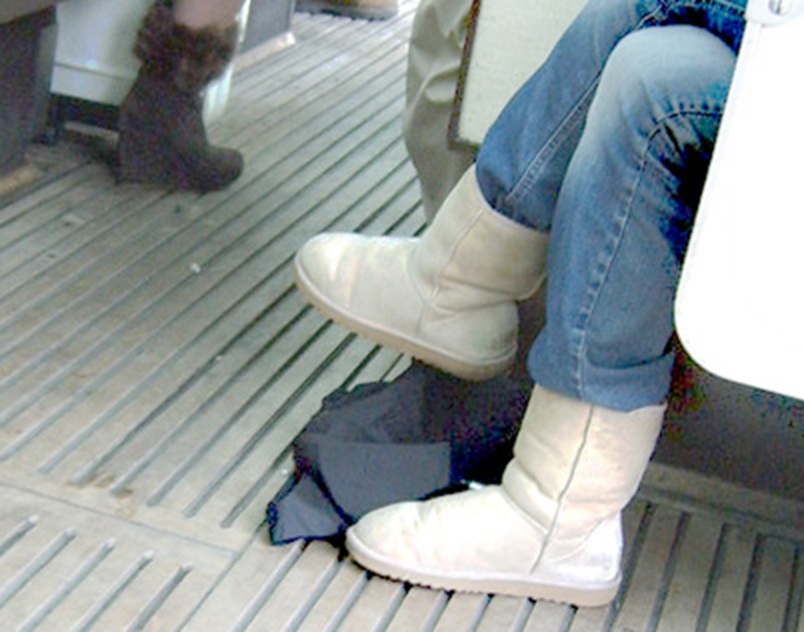 Annie Mole, CC BY 2.0, Wikimedia Commons
Annie Mole, CC BY 2.0, Wikimedia Commons
2000s: Juicy Couture Tracksuits
While some may find them monotonous, velvety tracksuits with “Juicy” stamped on the bottom were a common sight in the 2000s. Widely seen in movies, magazines, and on celebrities, the soft velour tracksuit allowed comfort and style at the same time.
2010s: Athleisure
A combination of athletic wear and leisure, the trend of wearing sporty, relaxing clothes proliferated in the 2010s. Athleisure owes much of its popularity to new materials that are stretchy, soft, and comfortable. From Lululemon to Girlfriend Collective, more athleisure choices are available than ever.
2010s: Hipsters
Being a hipster was, at first, a counter-culture statement. But it got ironically mainstream in the 2010s, with mustaches, horn-rimmed glasses, plaid shirts, man buns, and skinny jeans being wardrobe staples for many young adults. Shows like Portlandia and bands like Arctic Monkeys influenced the hipster subculture.
2010s: Fast Fashion
Overseas labor and internet shopping led to cheap, trendy, and accessible clothes. But people were beginning to see the environmental and human cost of cheap fashion, especially after the Dhaka factory collapse of 2014. Sustainability went mainstream, and now consumers demand more transparency from brands.
2020s: Y2K Revival
We’re only halfway through the 2020s, but distinct trends are already taking shape. Of note is a callback to the late-90s, early noughties “Y2K” era. Brands like Juicy Couture, Baby Phat, and UGG are experiencing a Gen Z resurgence.
2020s: Cottagecore
Pandemic lockdowns, baking bread, Animal Crossing, and Taylor Swift’s Folklore album all contributed to the cozy, introverted aesthetic known as “cottagecore”. Enthusiasts were drawn to the long and flowy, vintage pieces, natural fabrics, muted colors, and a DIY ethos.
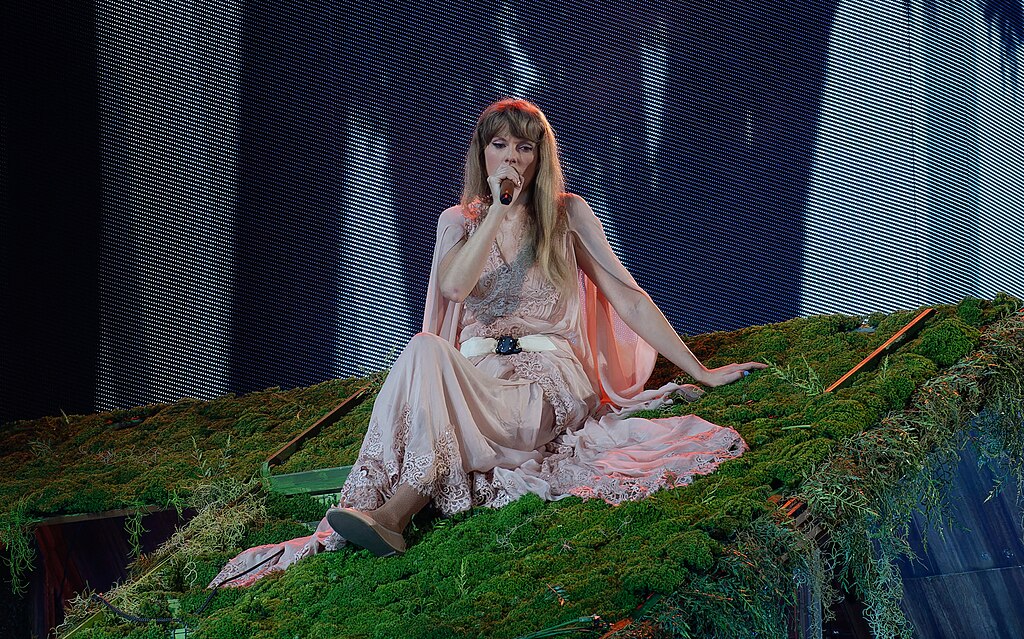 Ronald Woan, CC BY-SA 2.0, Wikimedia Commons
Ronald Woan, CC BY-SA 2.0, Wikimedia Commons
2020s: Workwear
What started as utilitarian pieces for heavy machinery is now a style statement. Embraced by all genders, the practicality and durability of a pair of Dickies is hard to resist. Carhartt even started a new line, Carhartt WIP, to target followers of the workwear trend. Ironically, workwear is being embraced by the mainstream as the manufacturing industry continues to decline.
What’s Next?
They say fashion is cyclical, so it’s likely we won’t see skinny jeans or baggy bottoms for the last time. Have a piece in your wardrobe that’s gone out of style? Keep it—it might be trendy tomorrow. Or donate it to a consignment store. The next hipster will add it to their vintage collection.
You May Also Like:
42 Of History’s Weirdest Fashion Trends
Coco Chanel's Shady Road To Stardom
The Dumbest Viral Trends And Challenges In History
Sources: 1, 2, 3, 4, 5, 6, 7, 8, 9, 10, 11, 12, 13, 14, 15, 16, 17, 18, 19, 20, 21, 22, 23, 24, 25, 26, 27, 28, 29, 30, 31, 32, 33, 34, 35, 36, 37, 38, 39, 40, 41, 42, 43, 44, 45, 46
